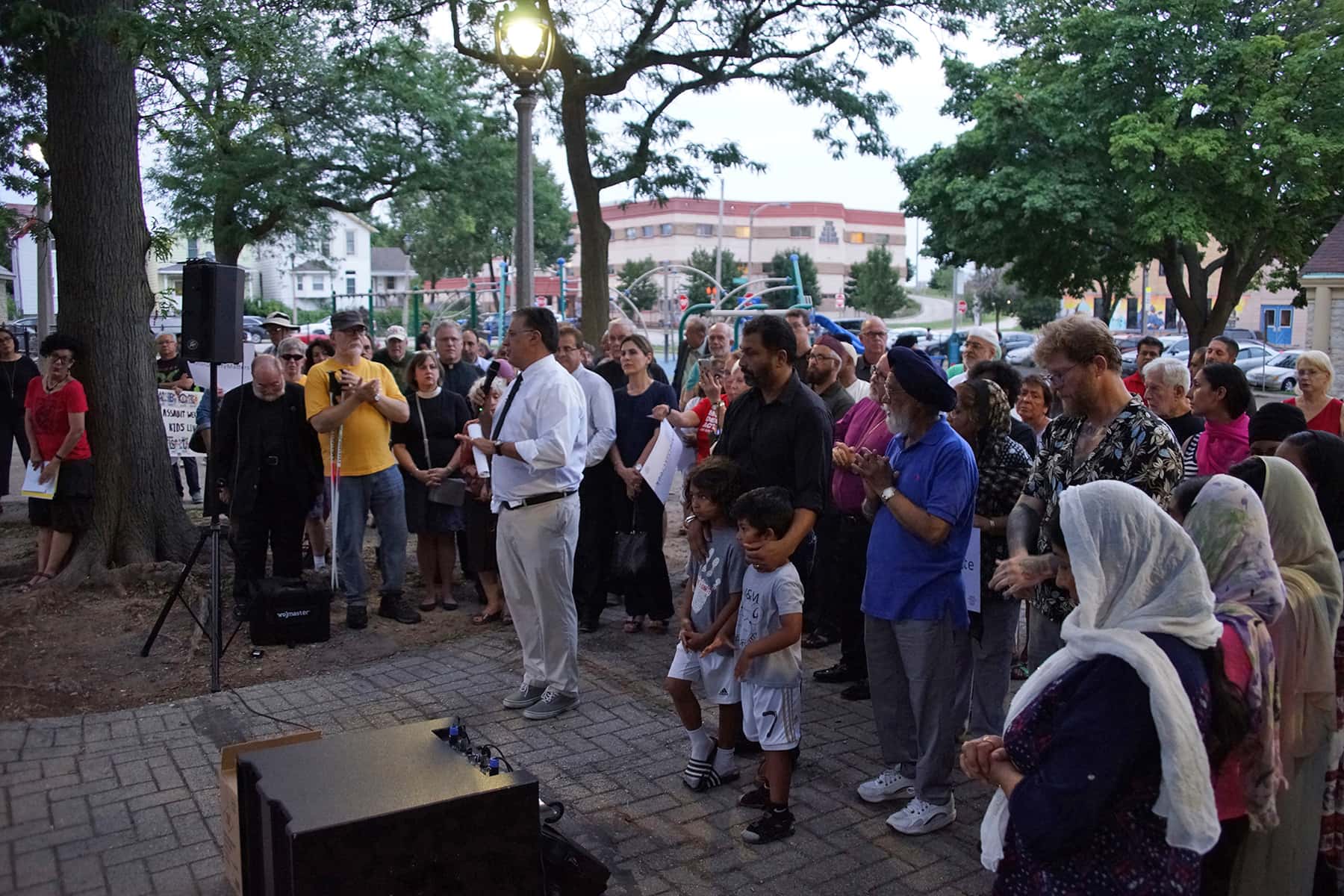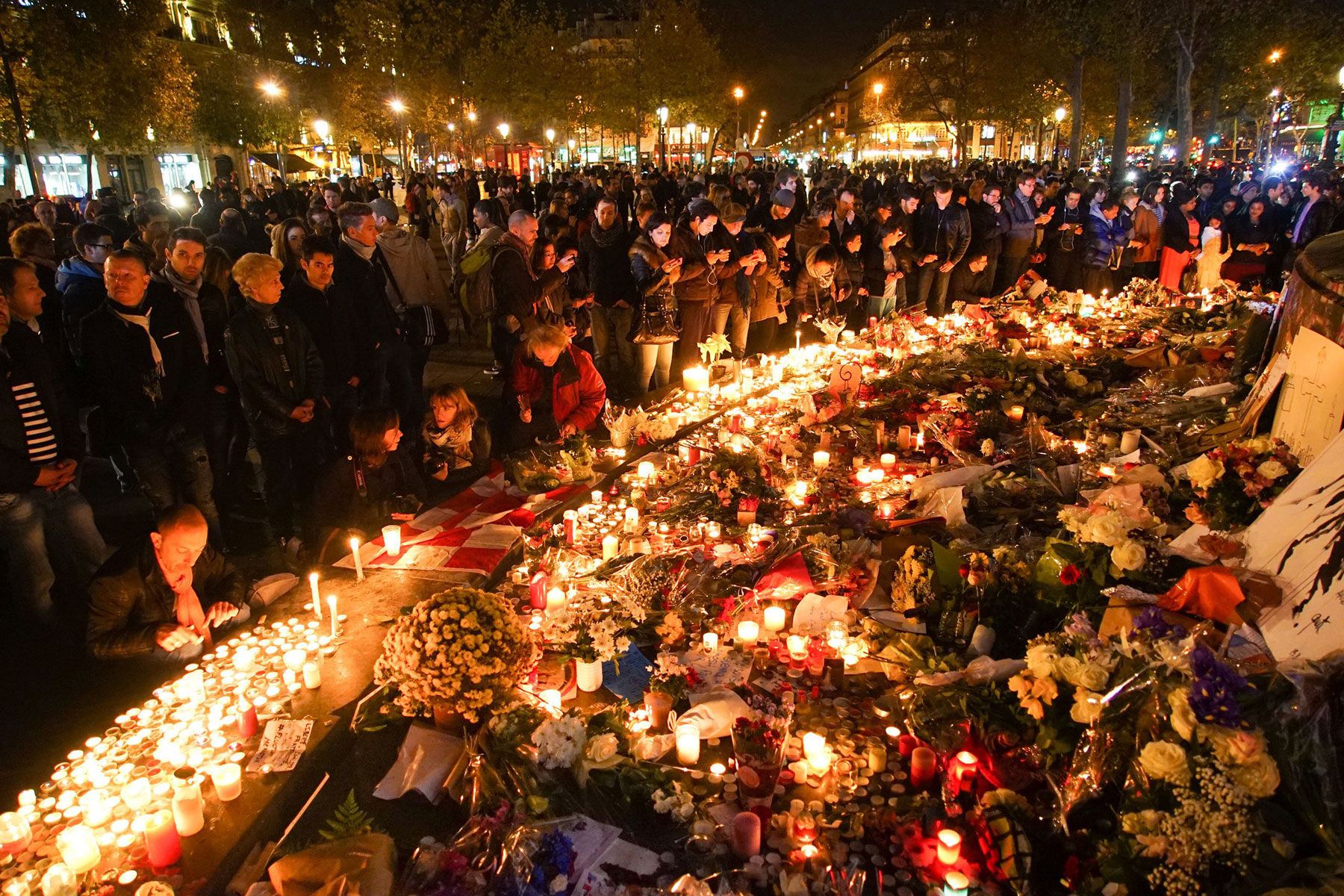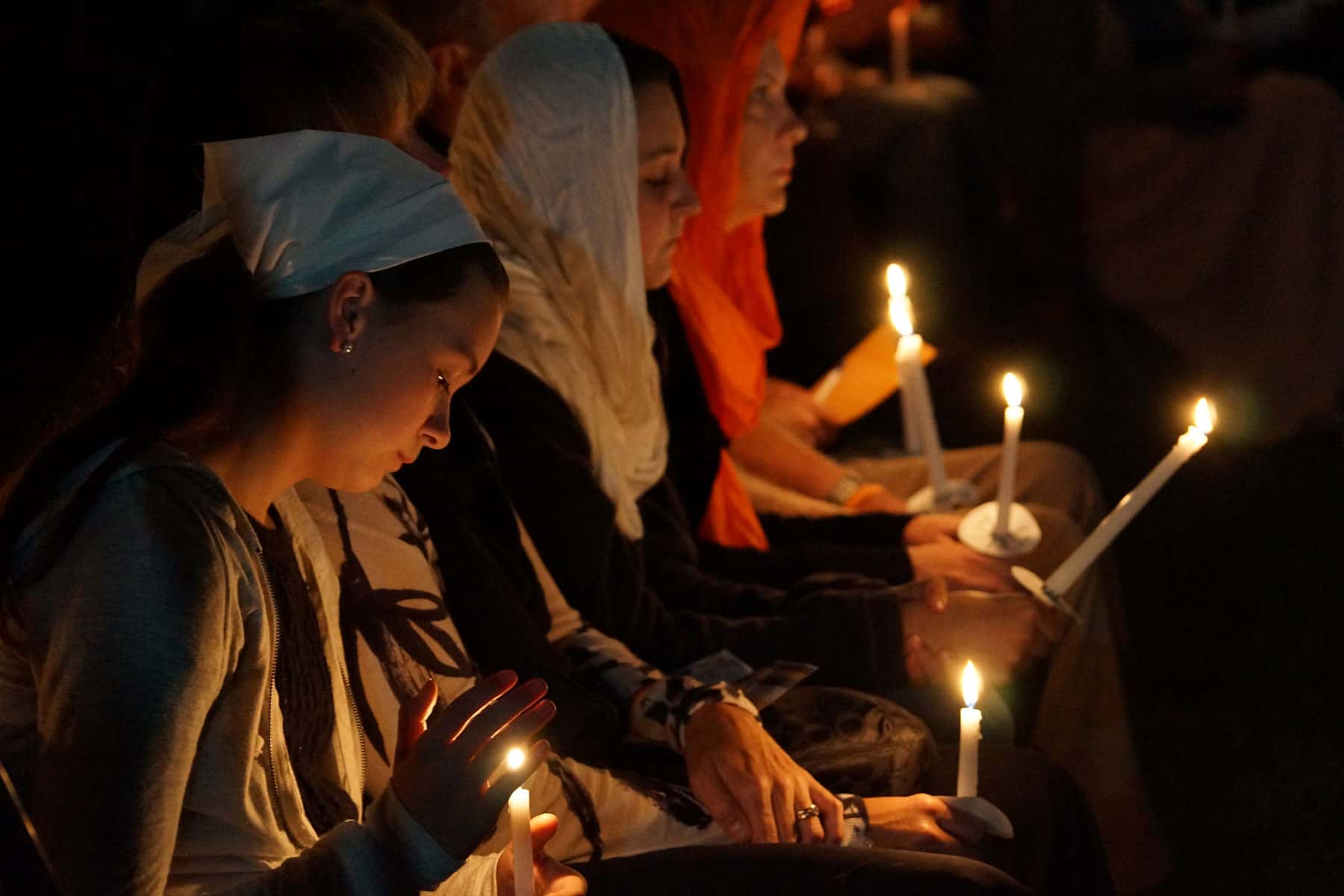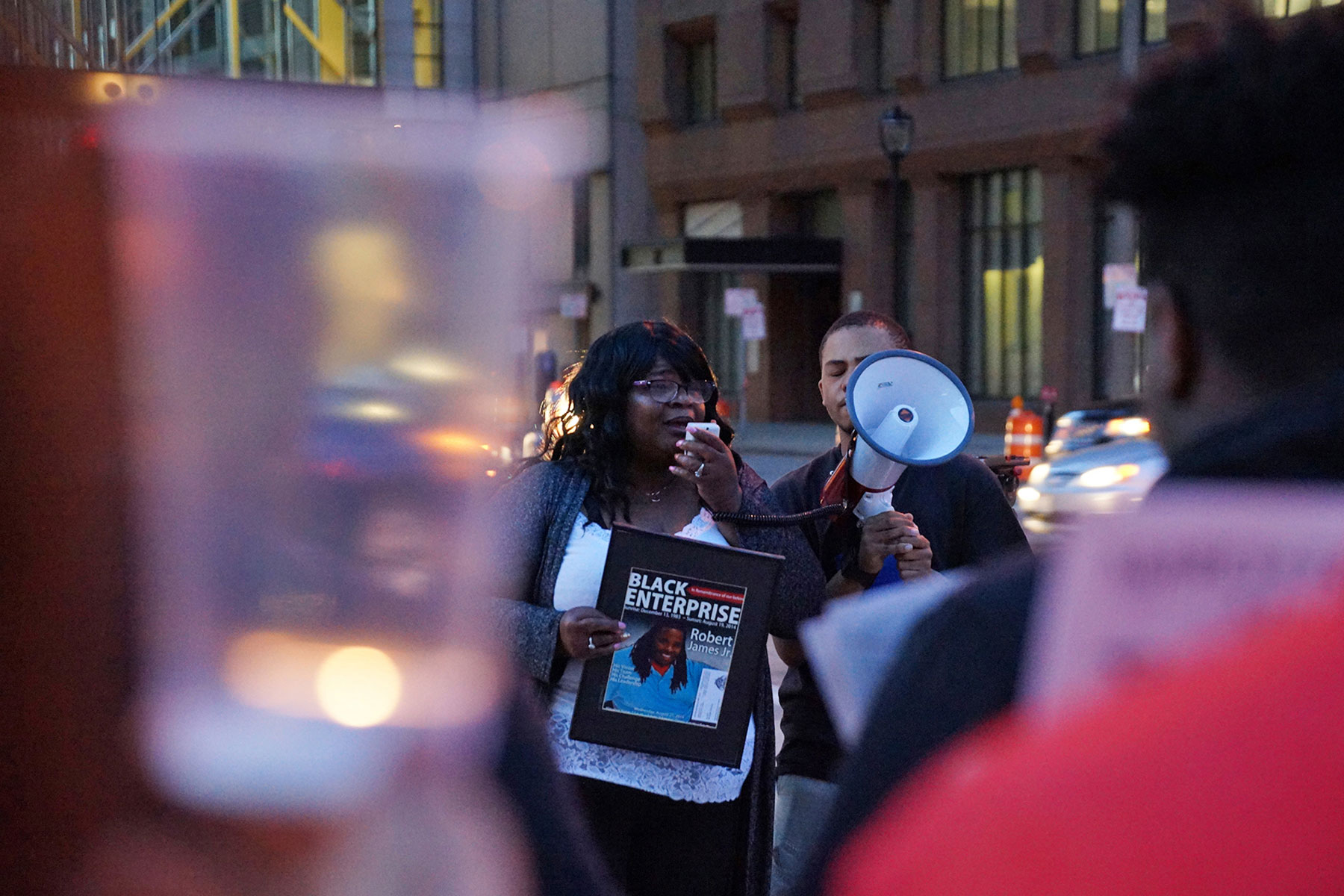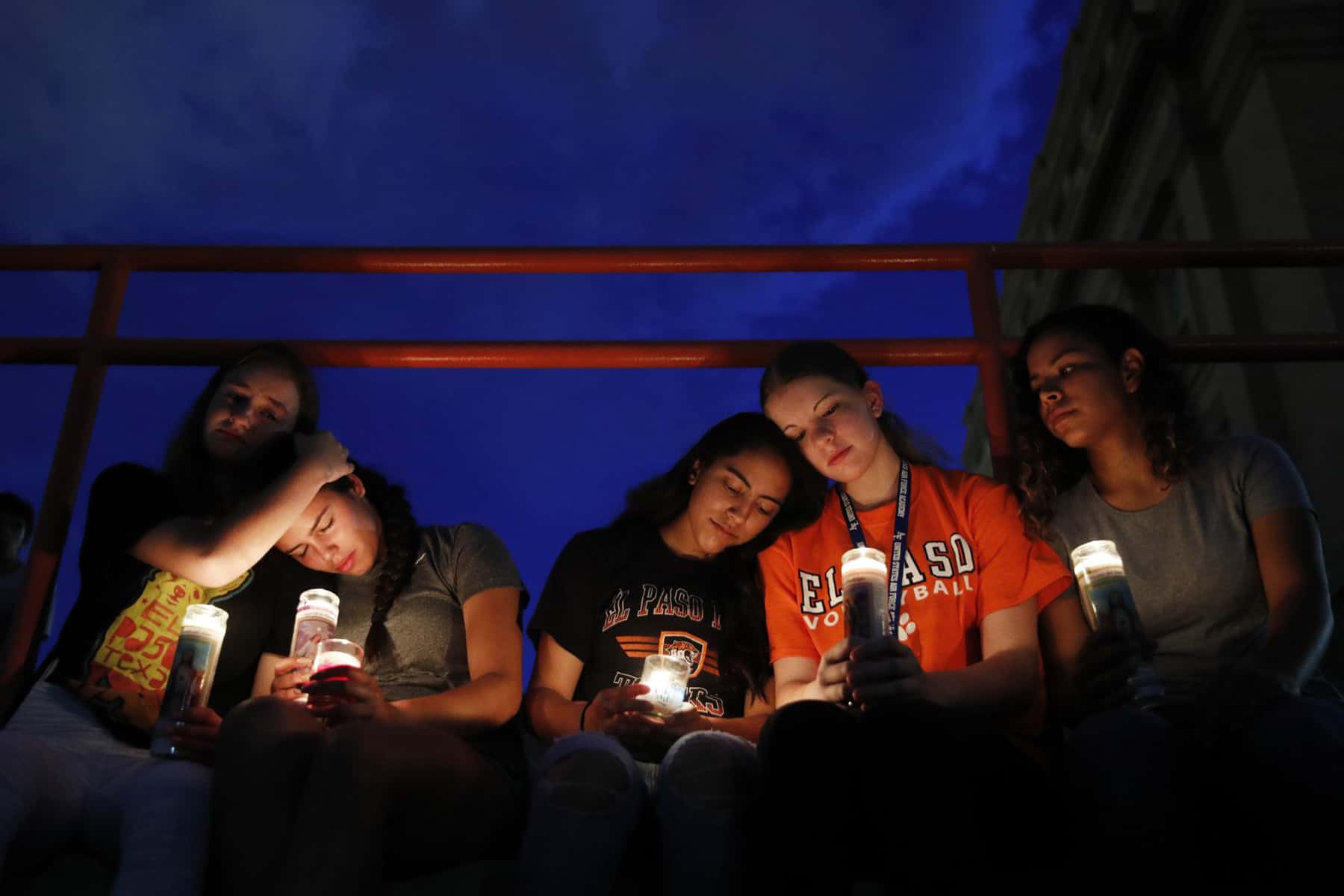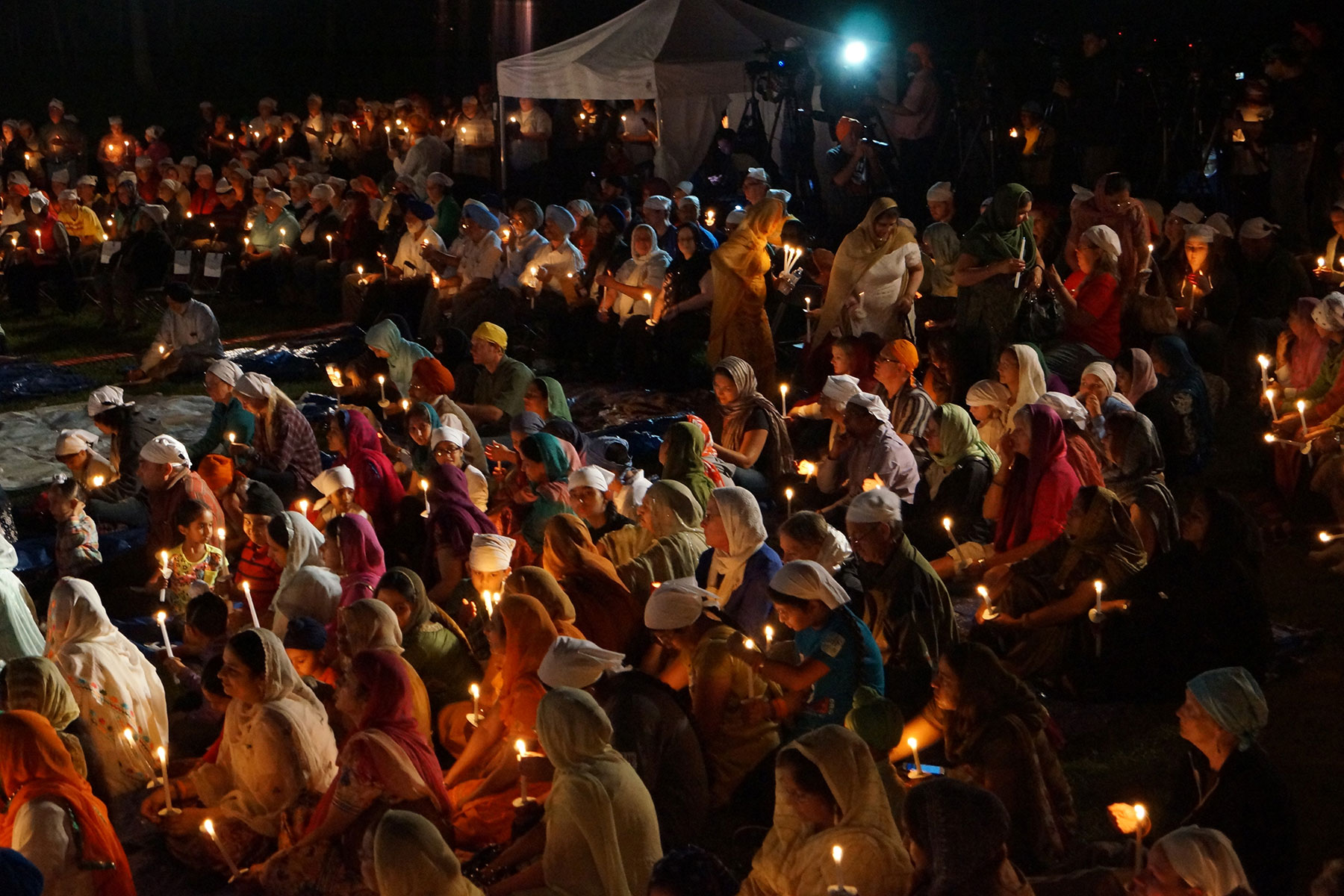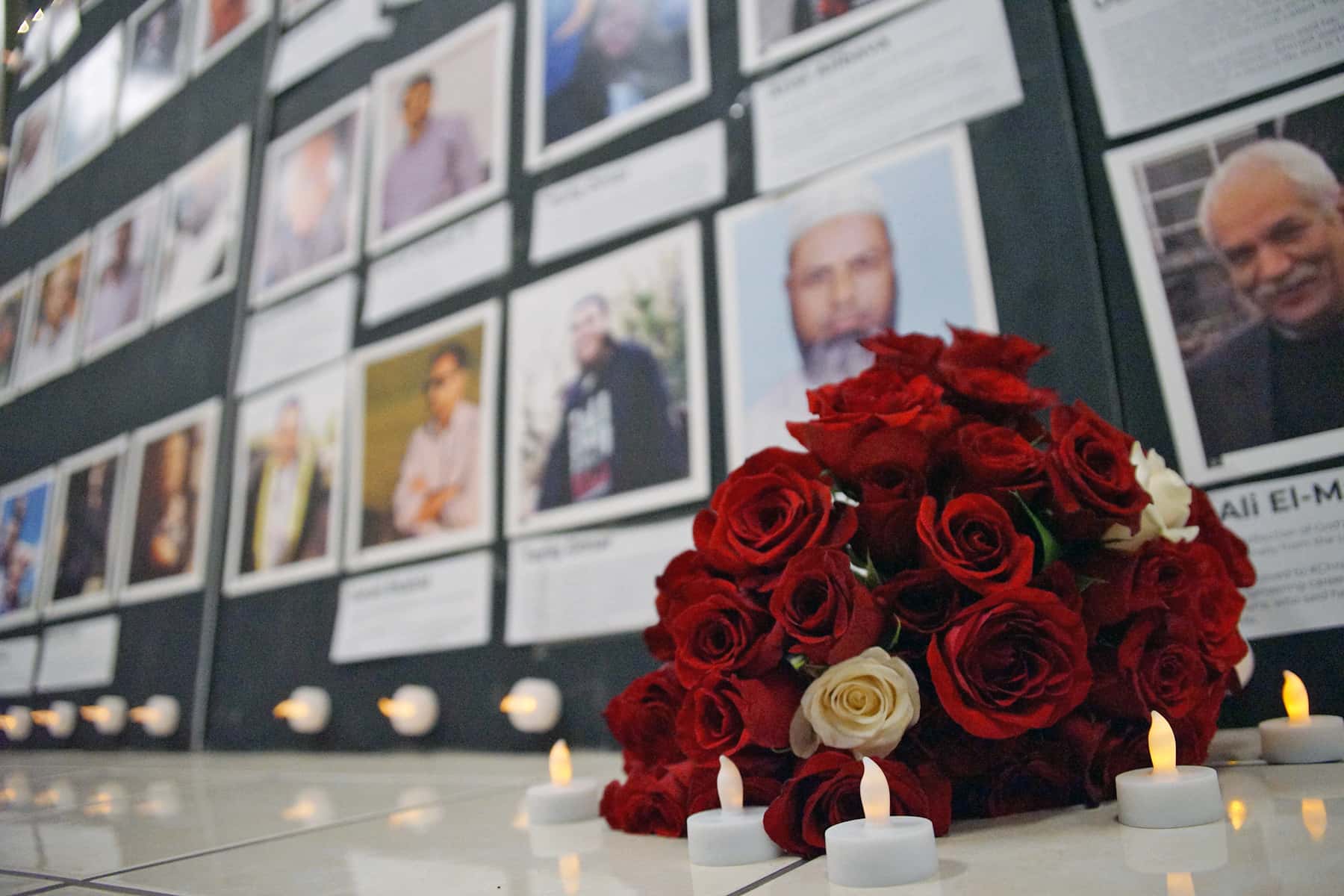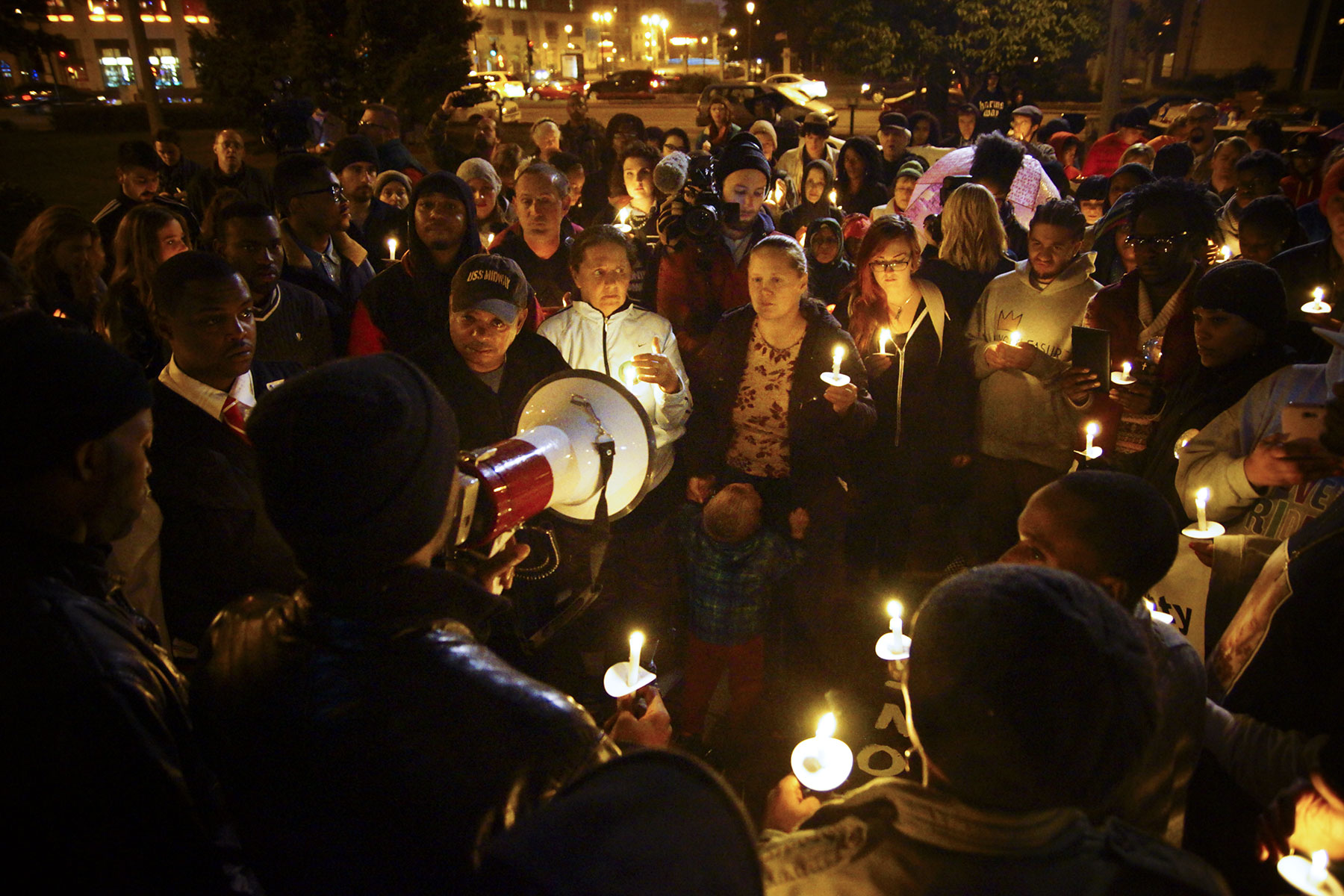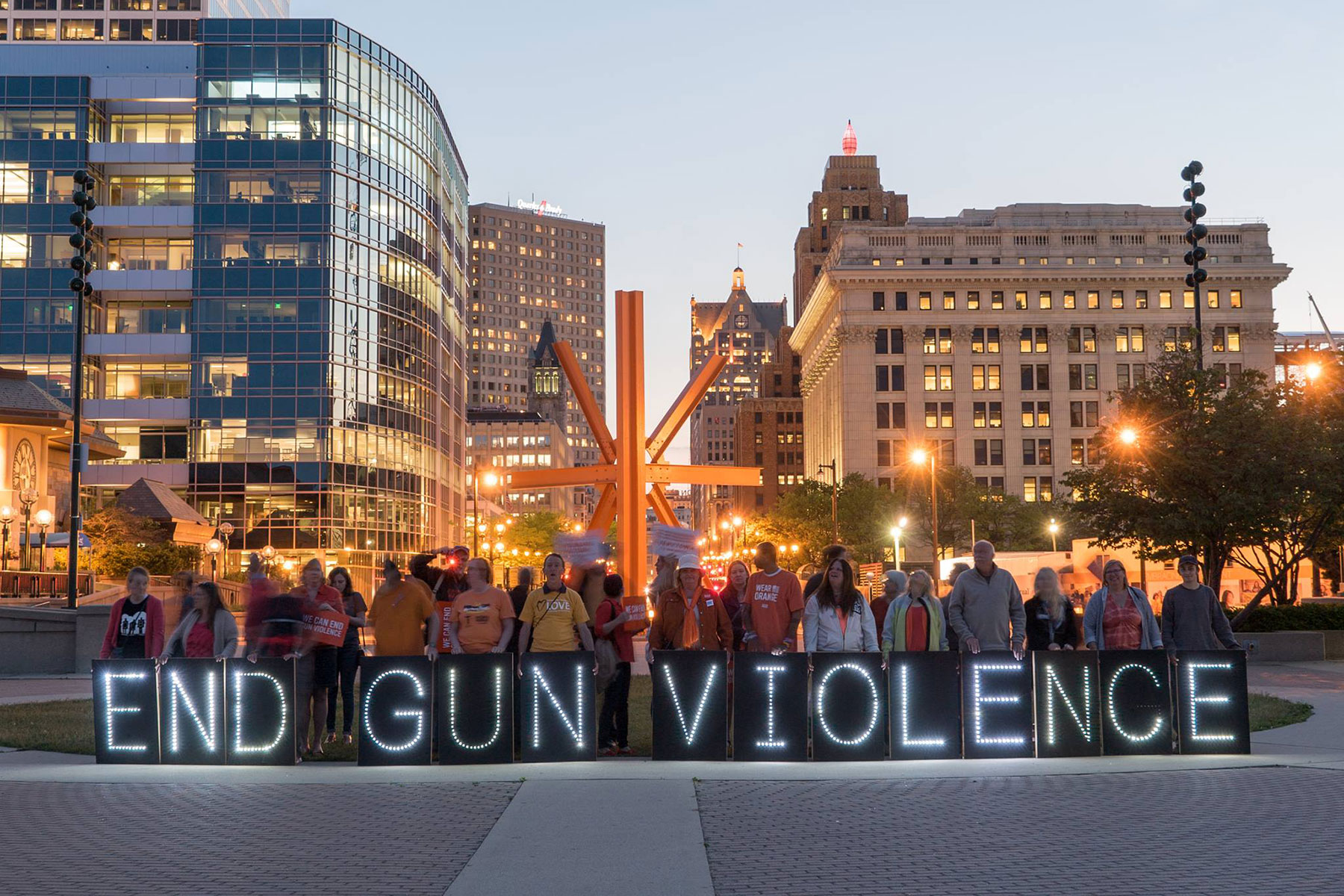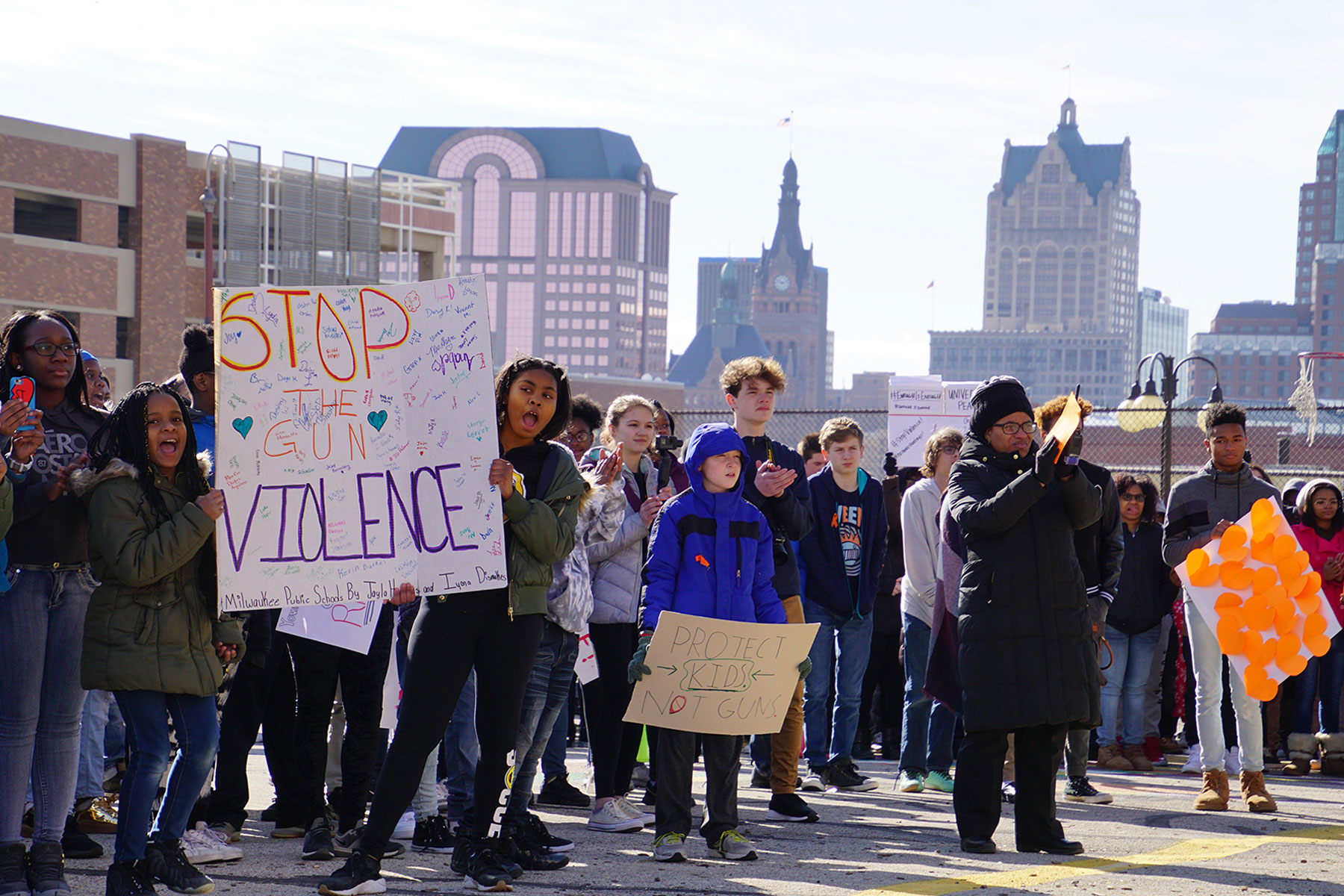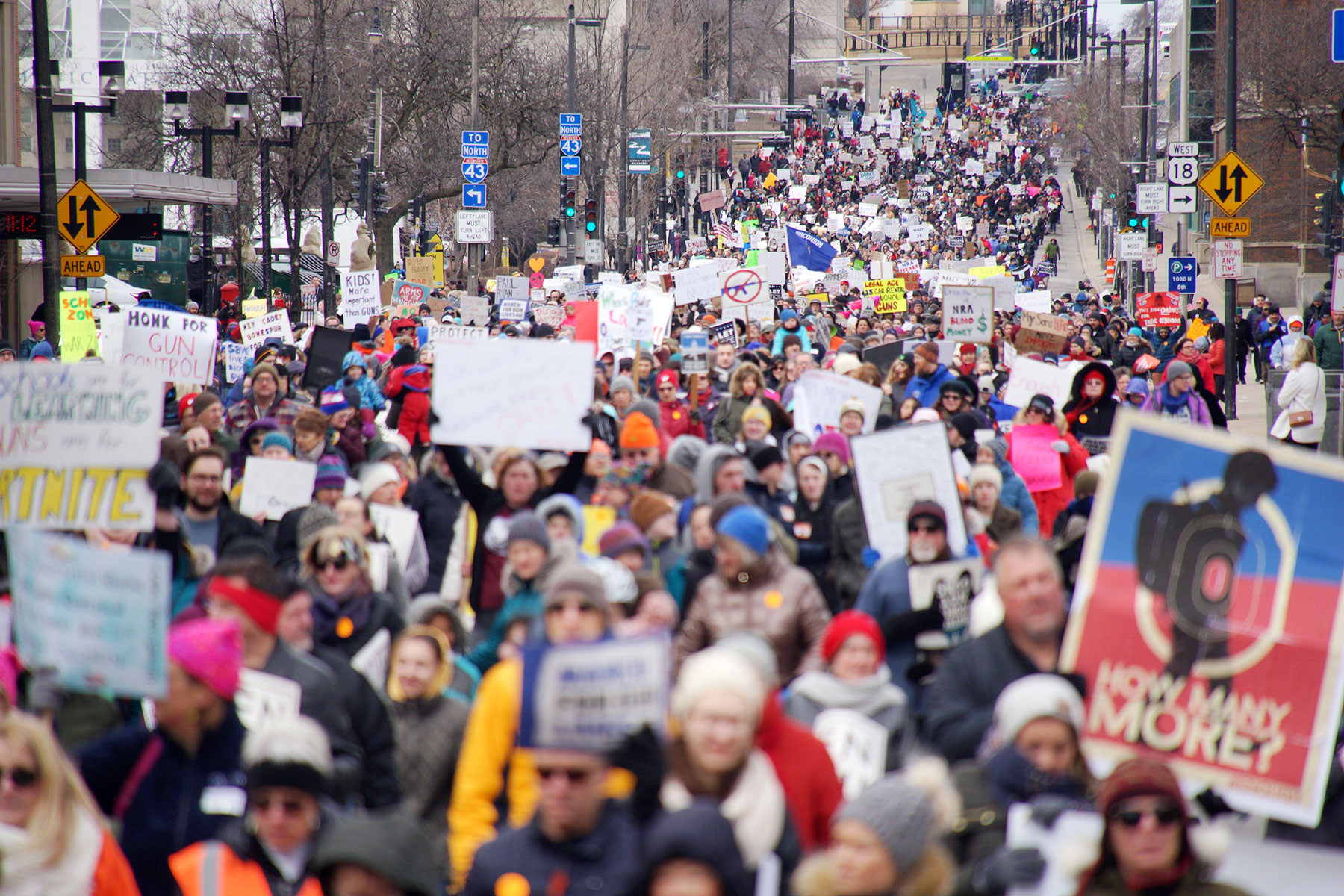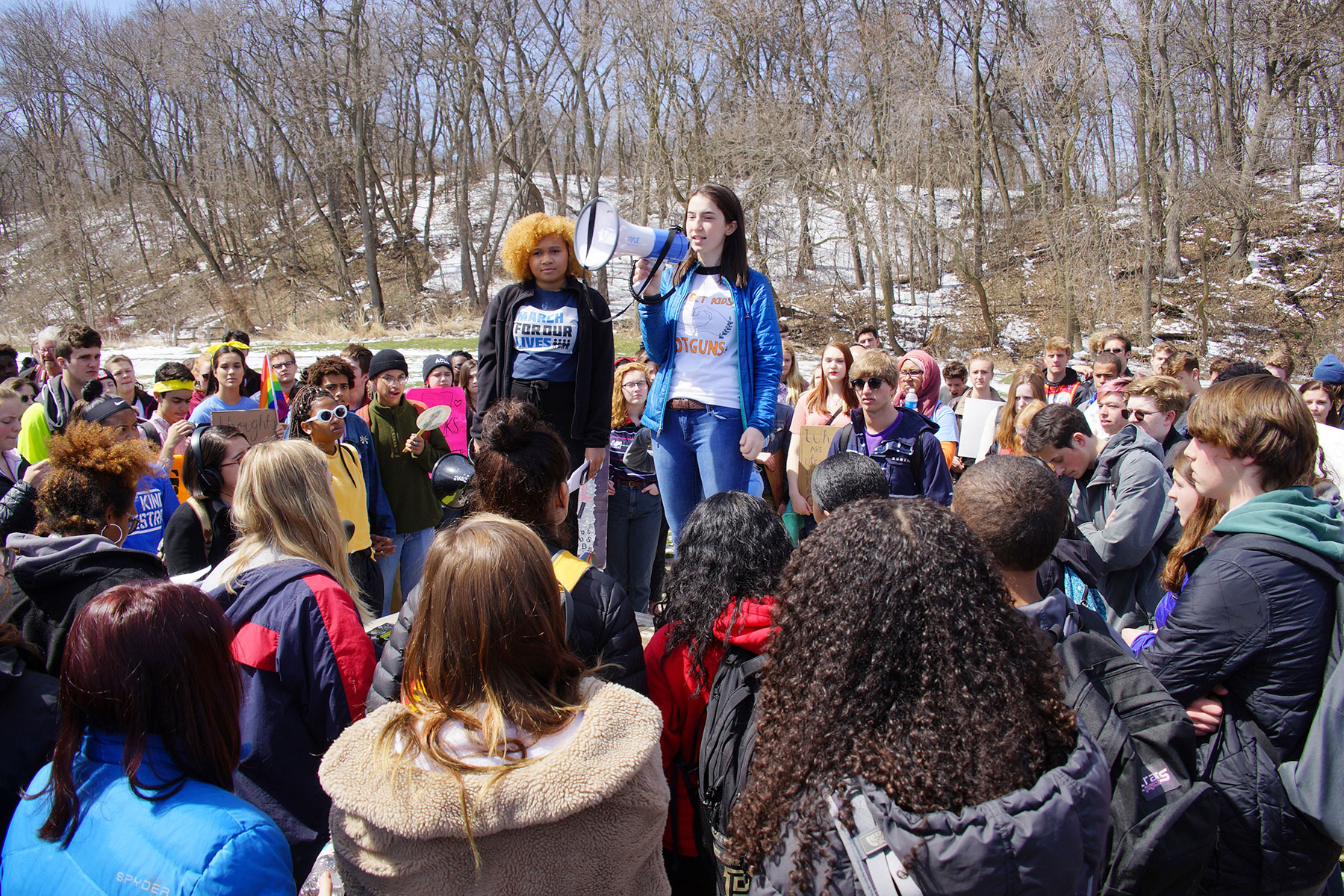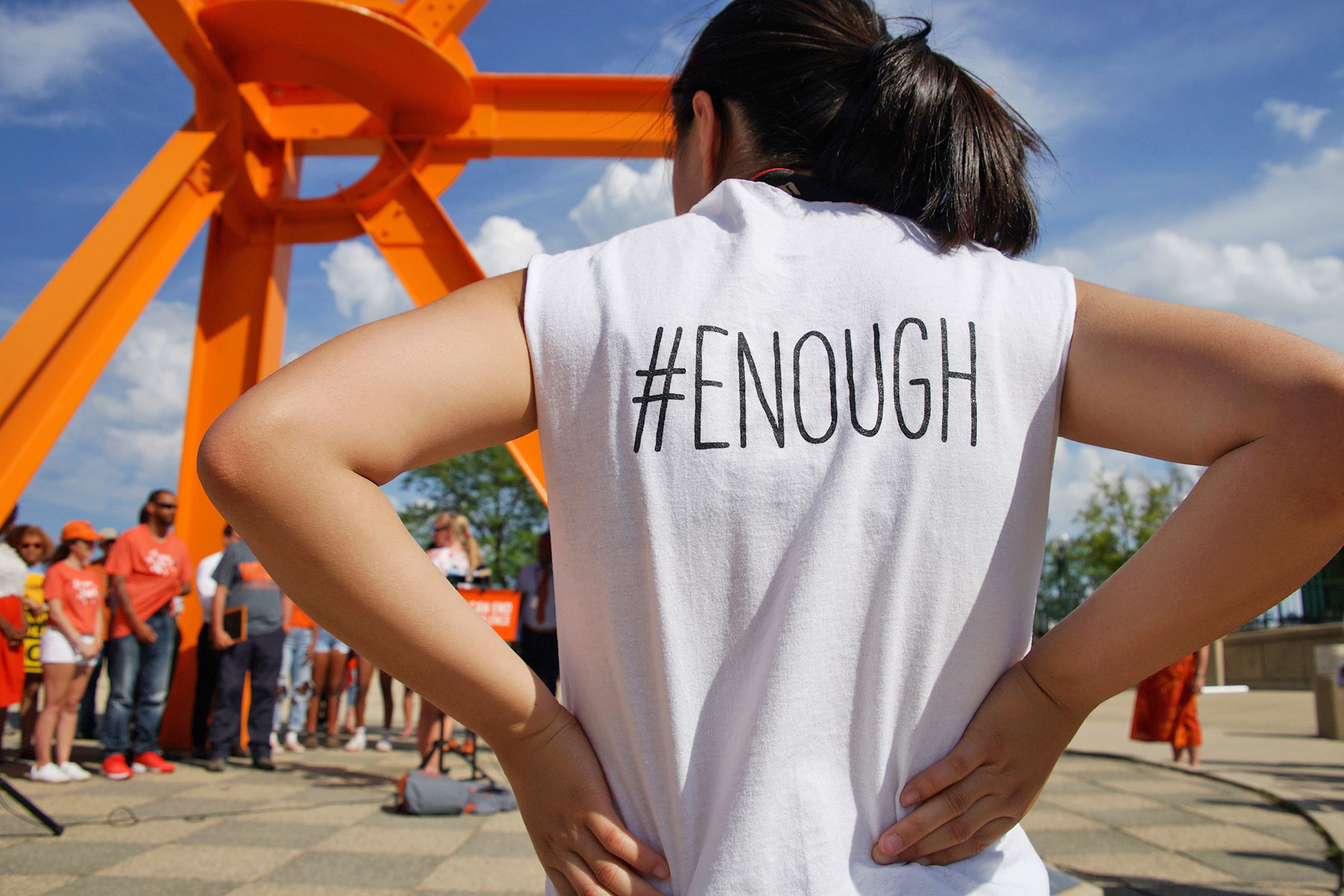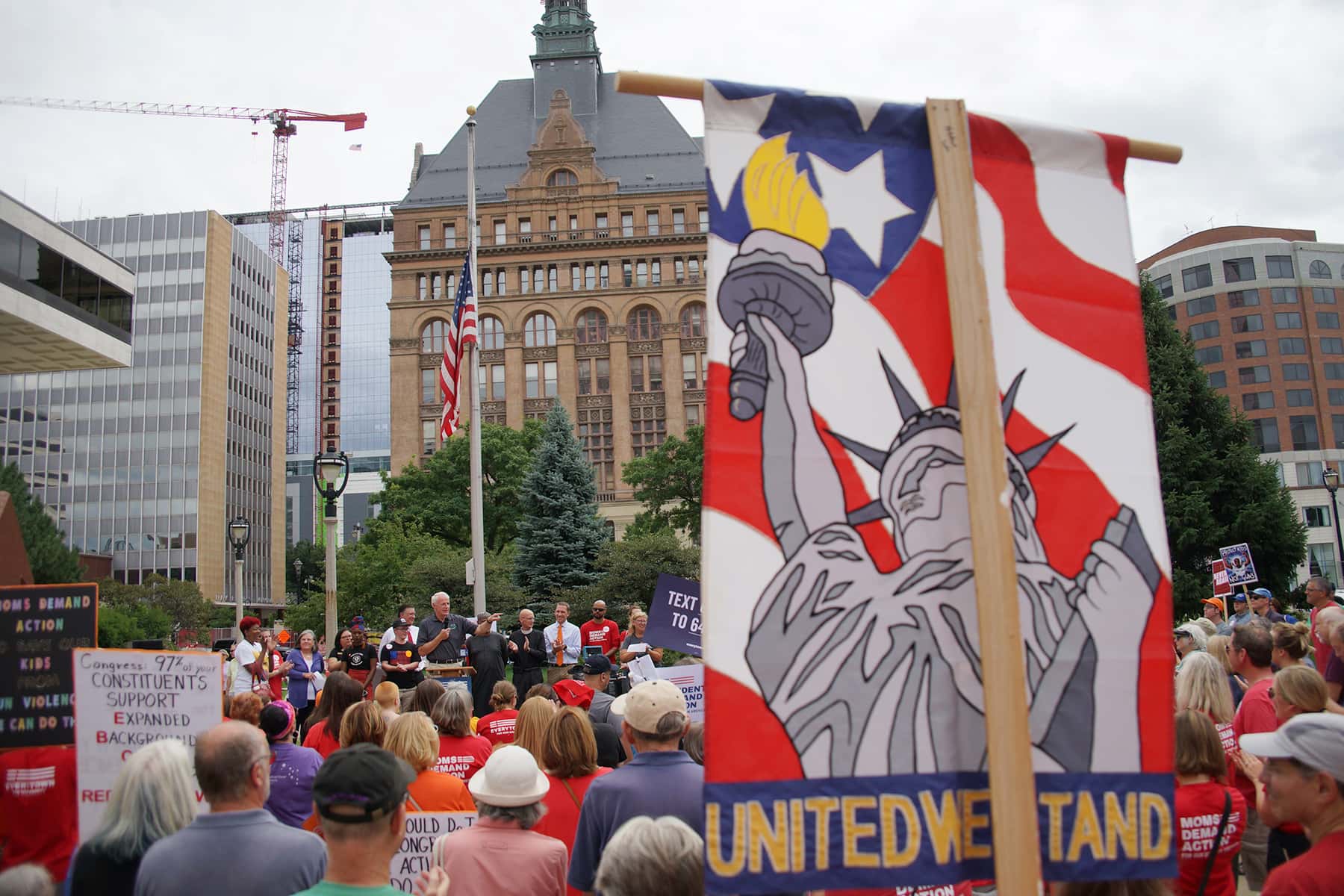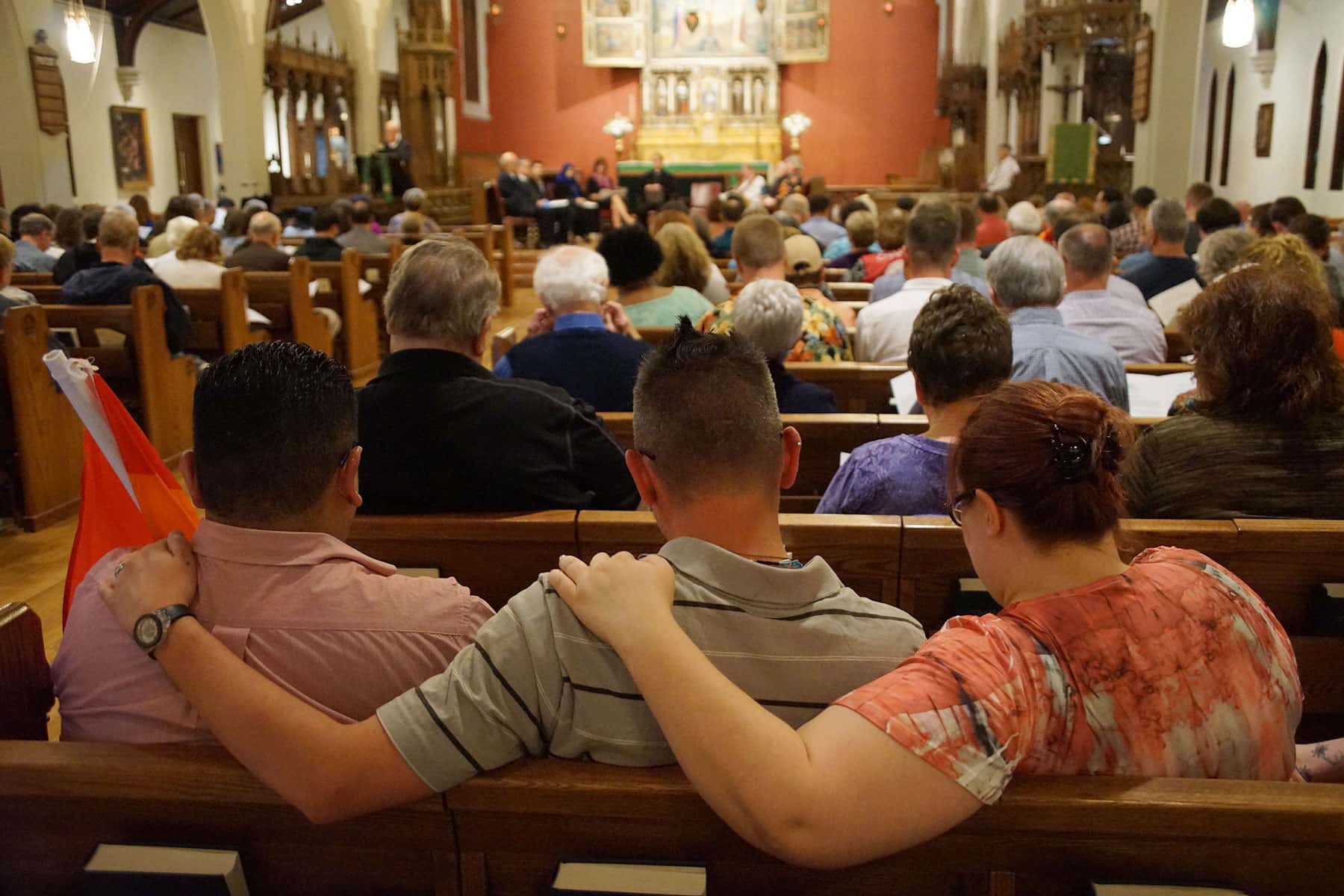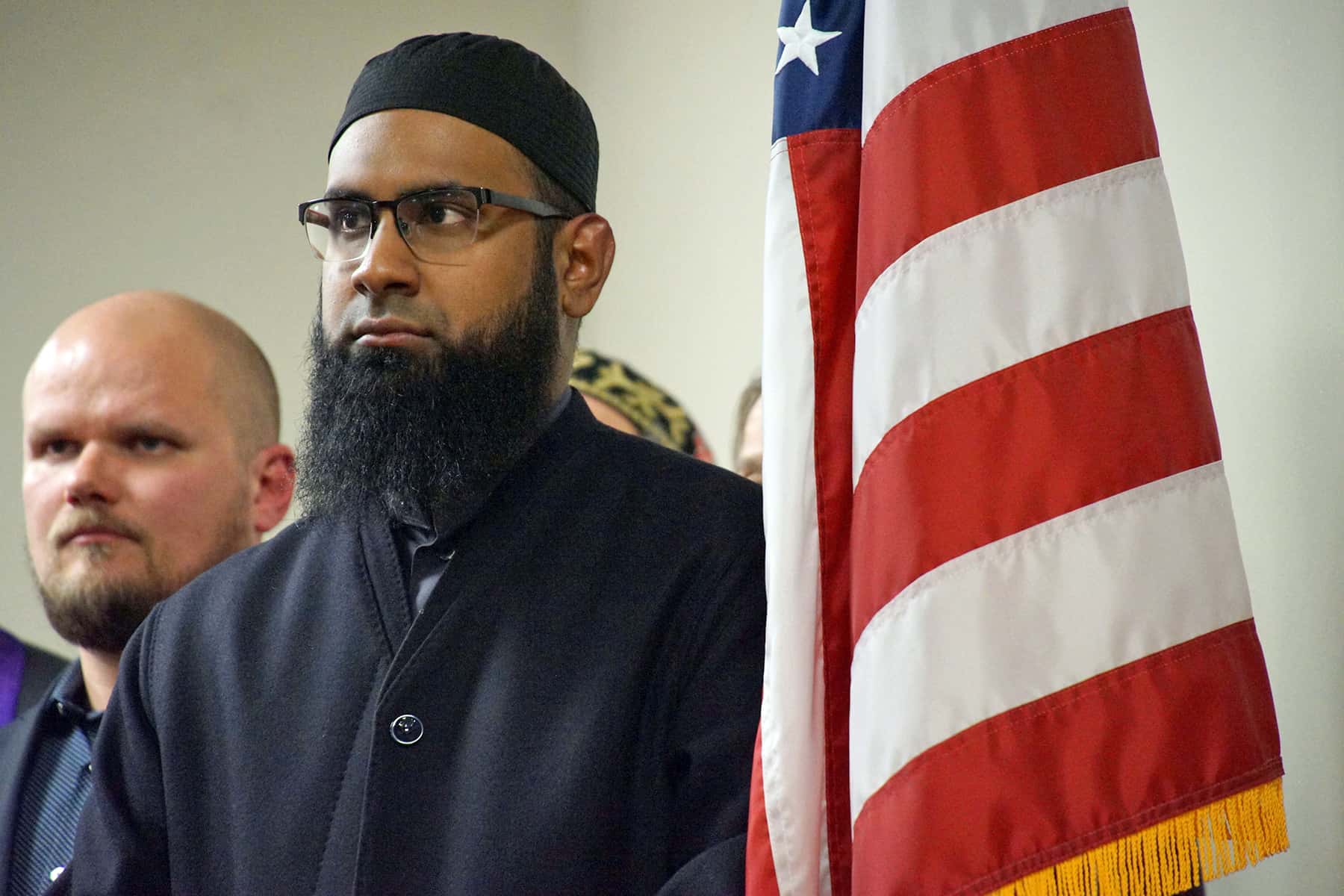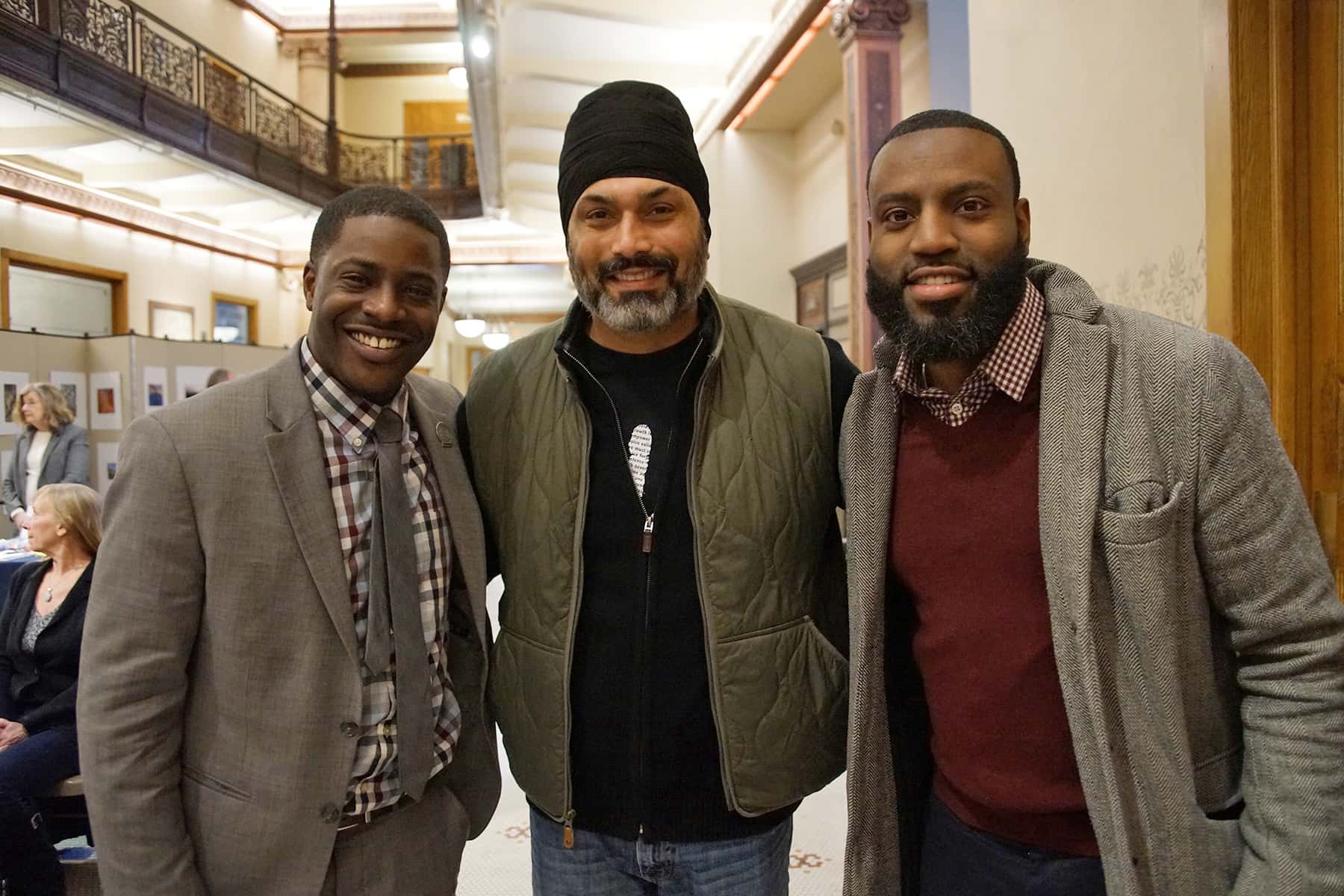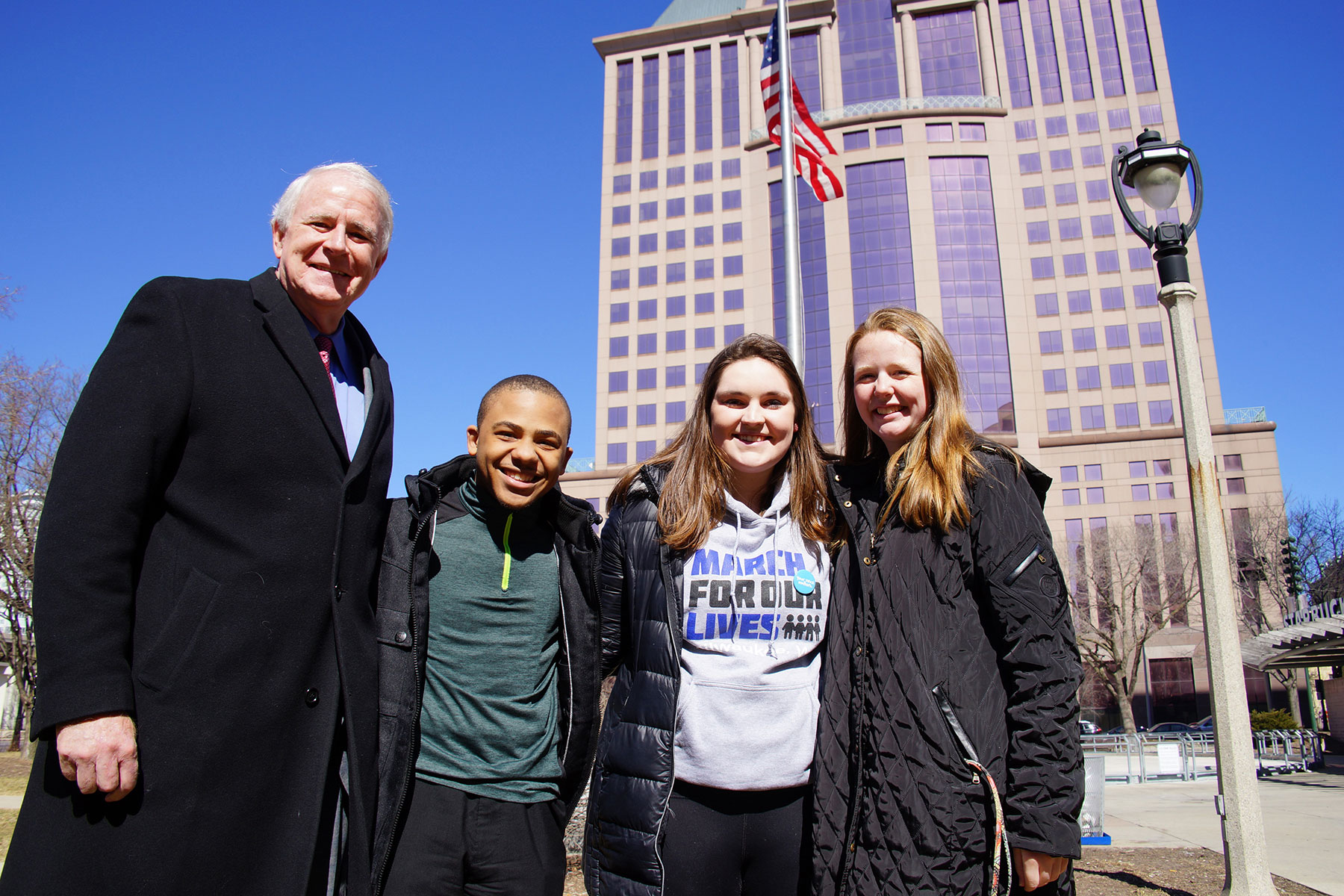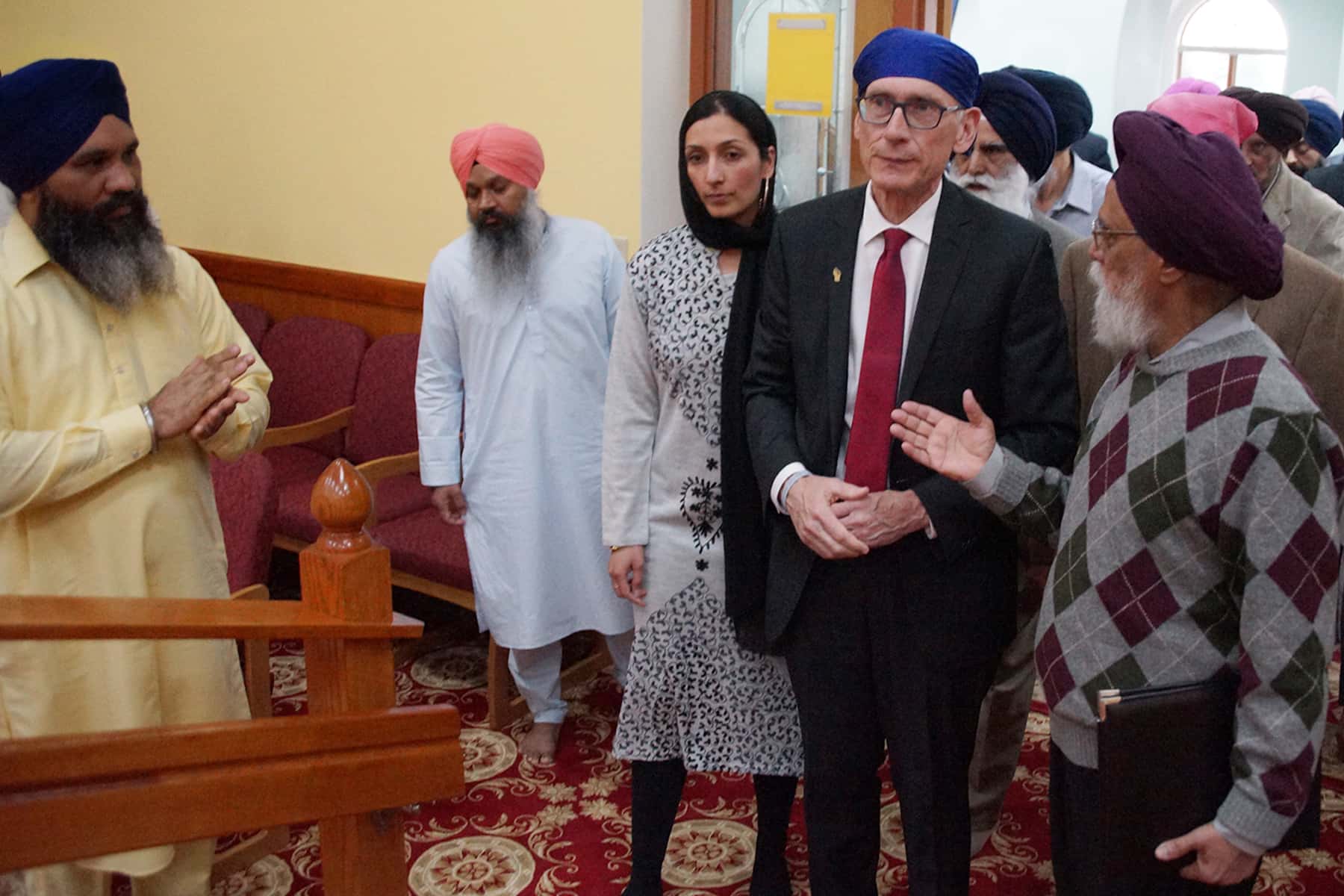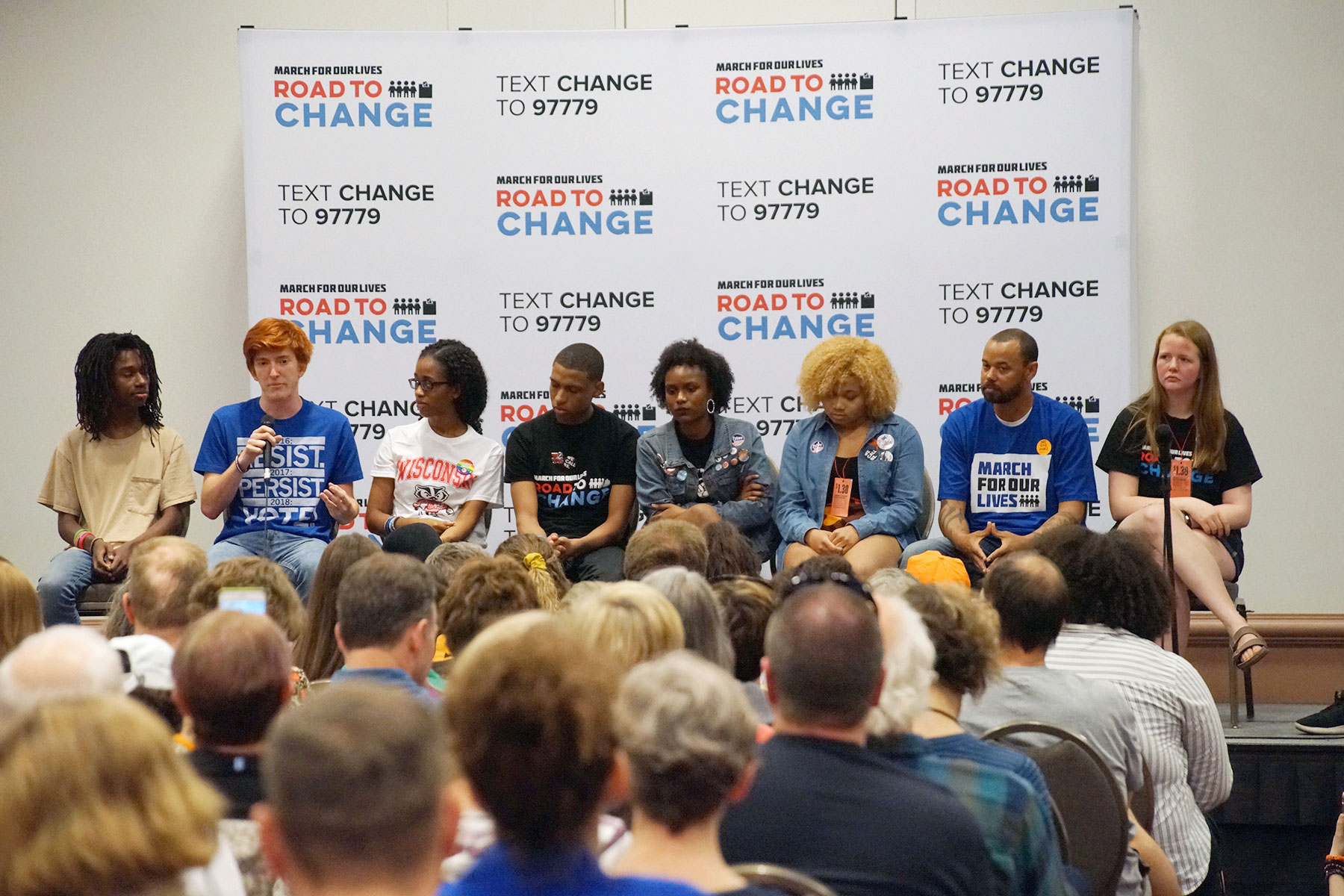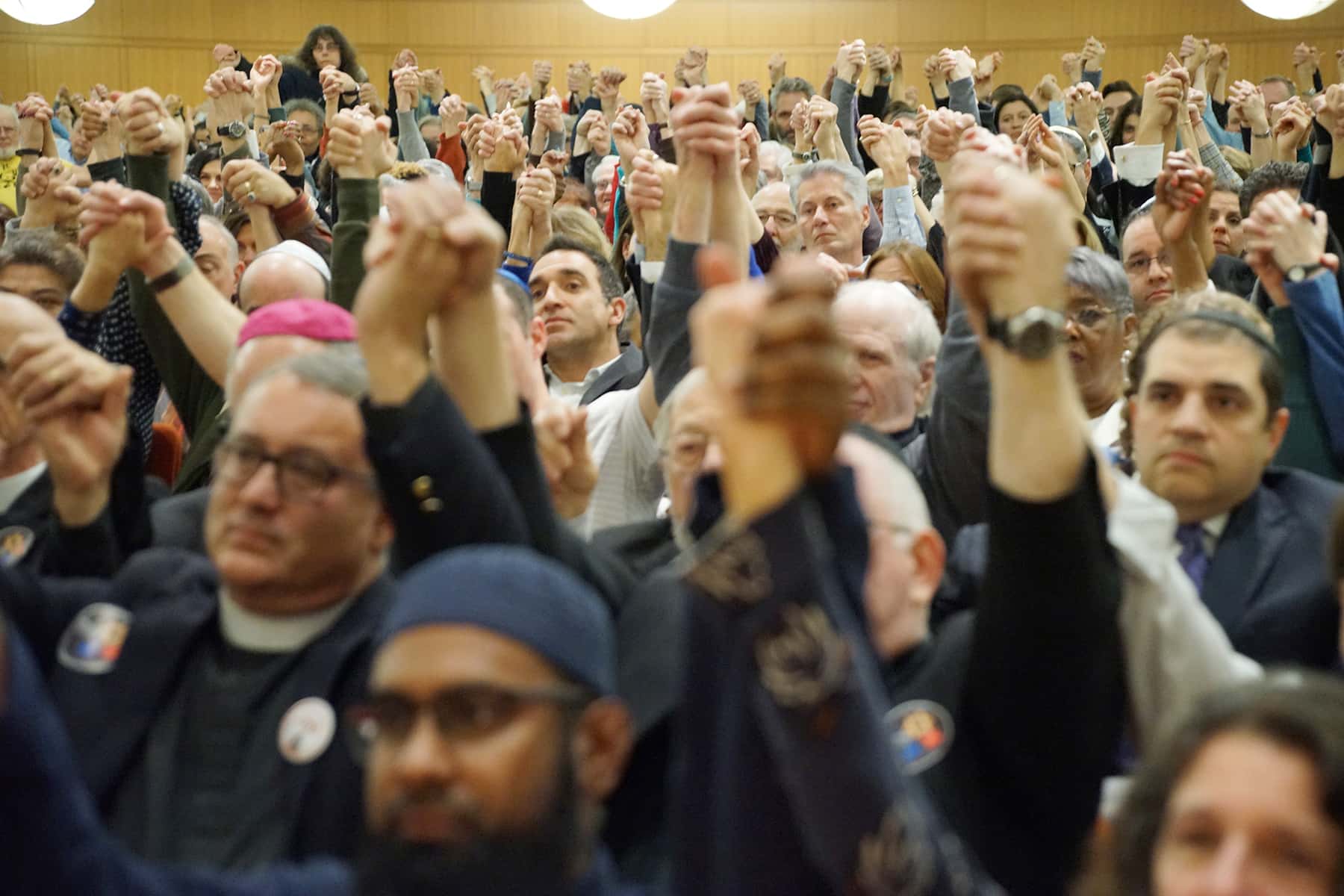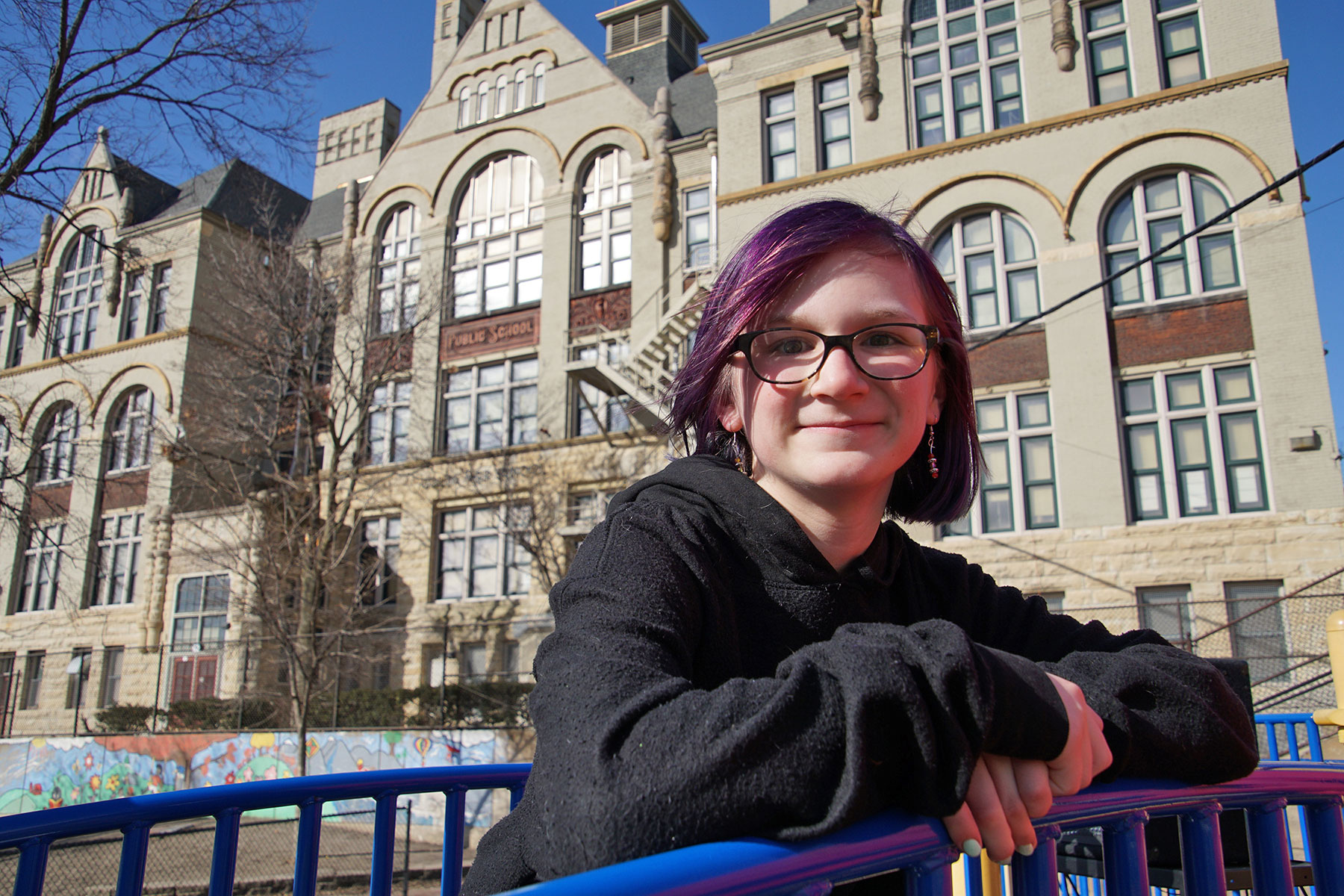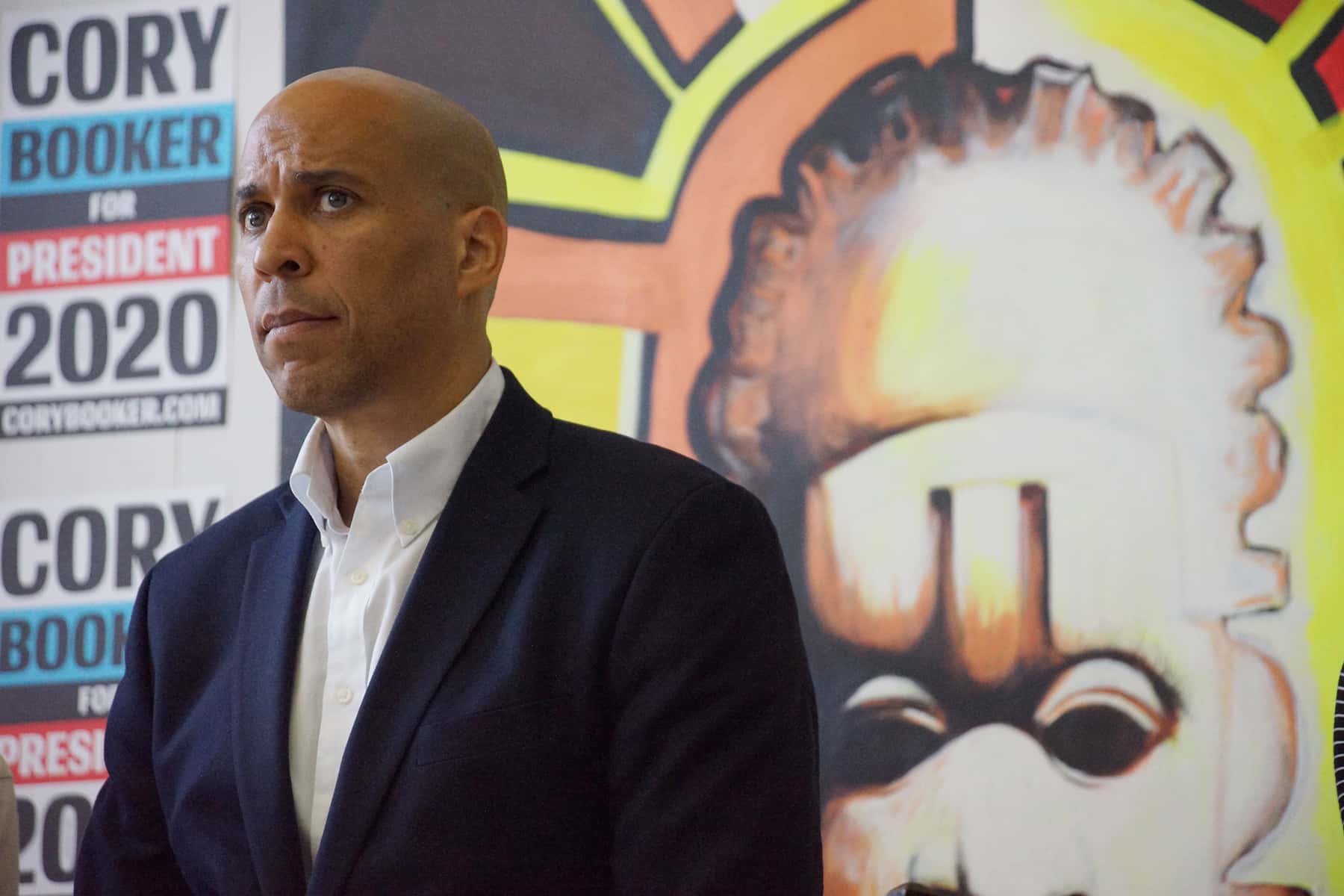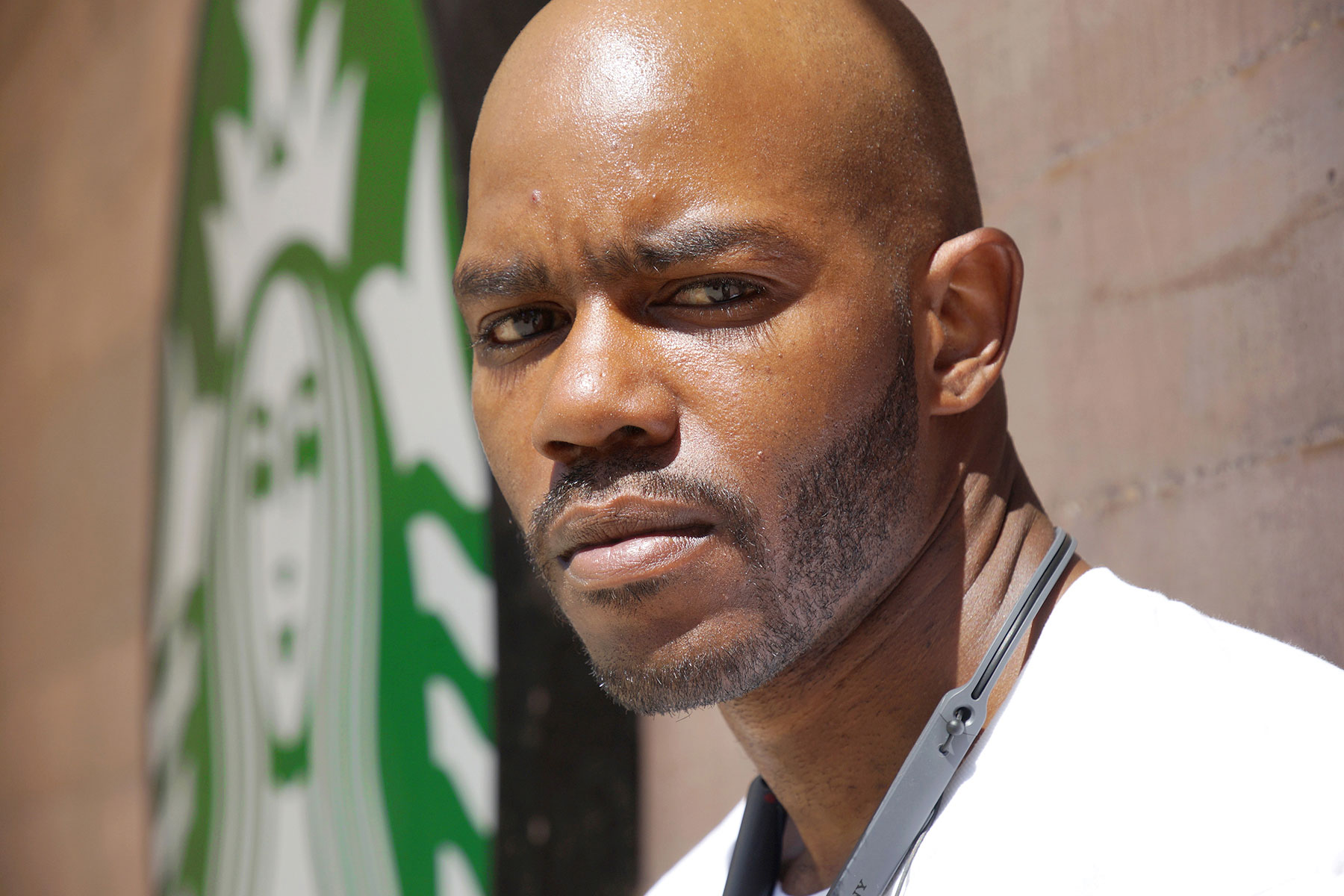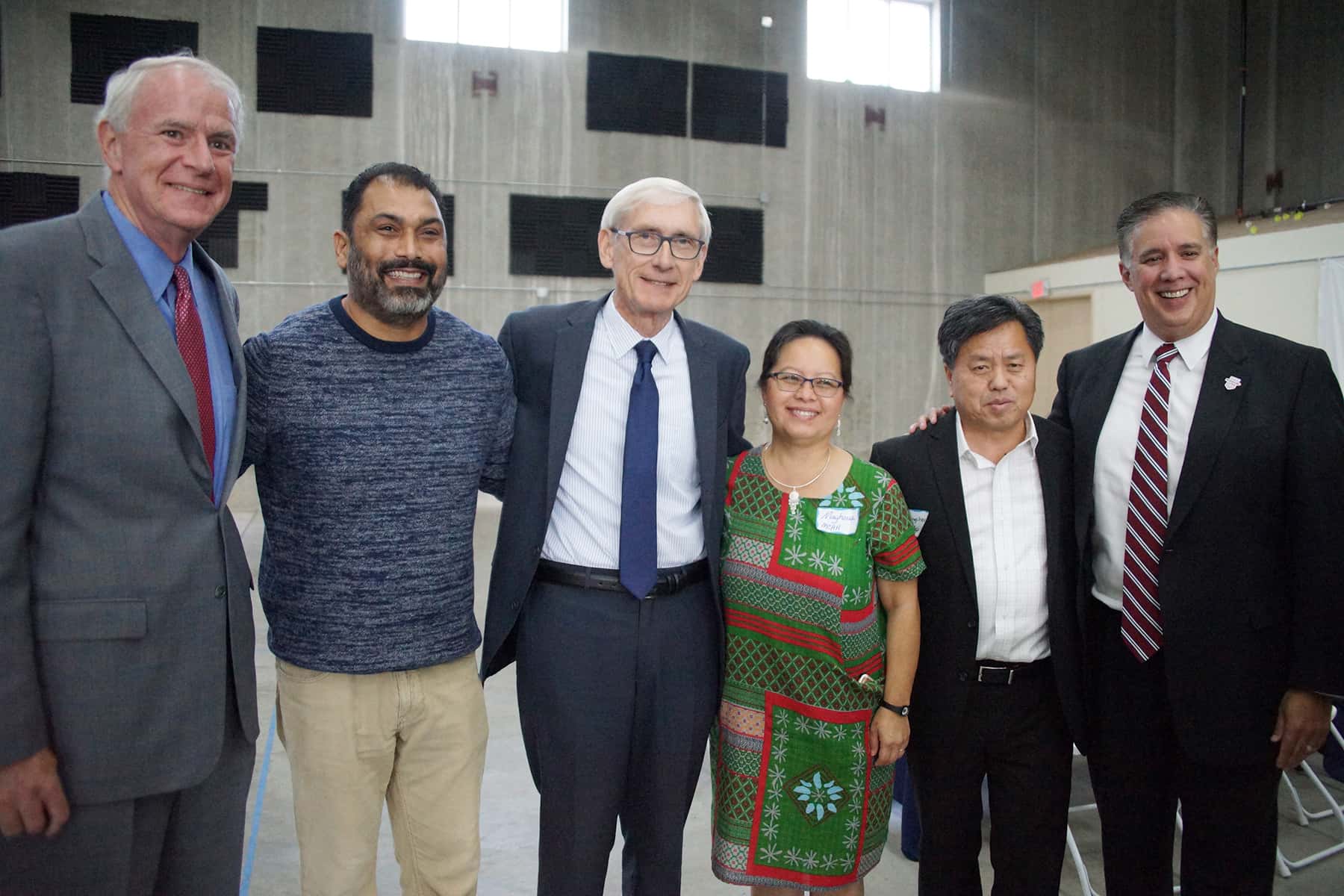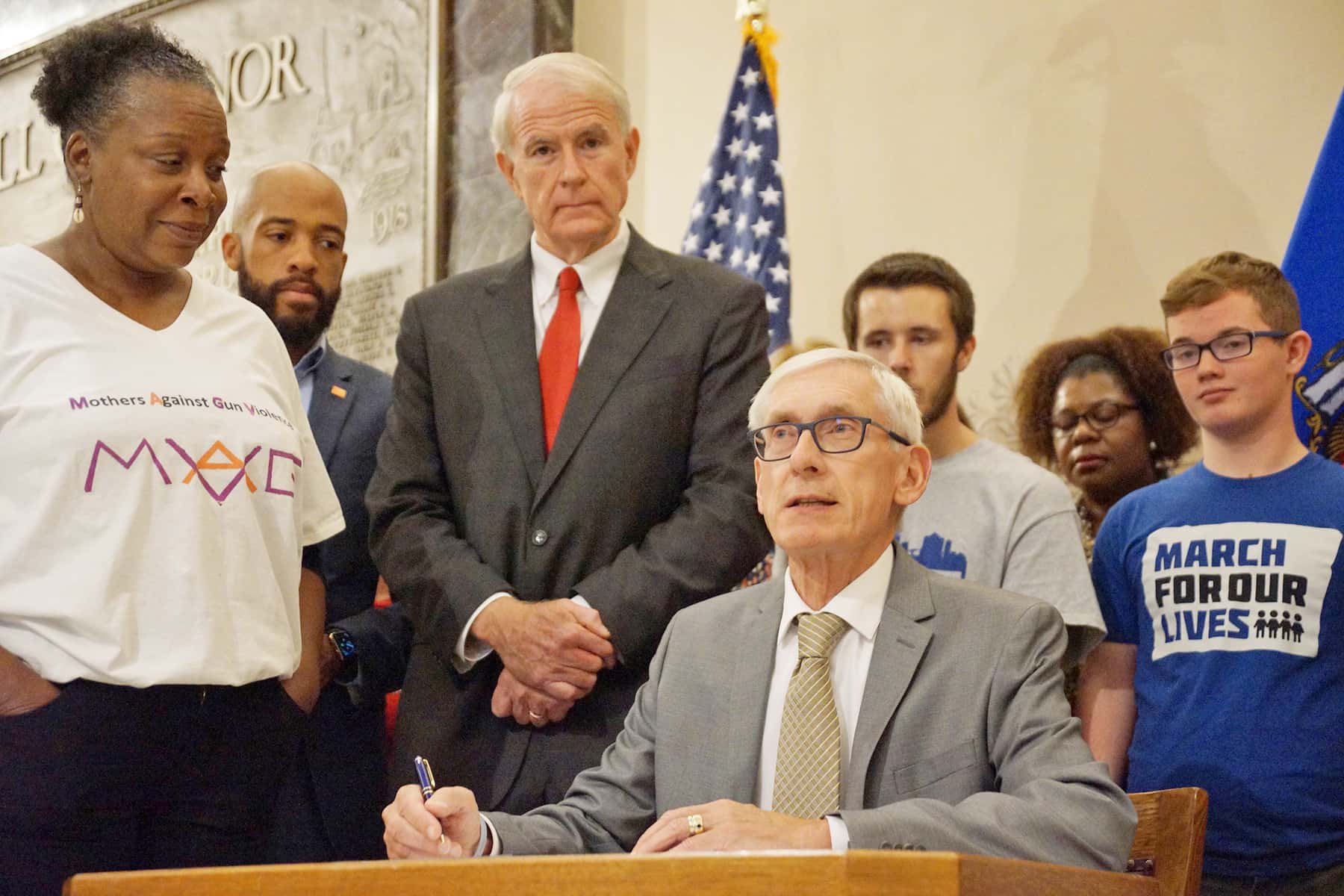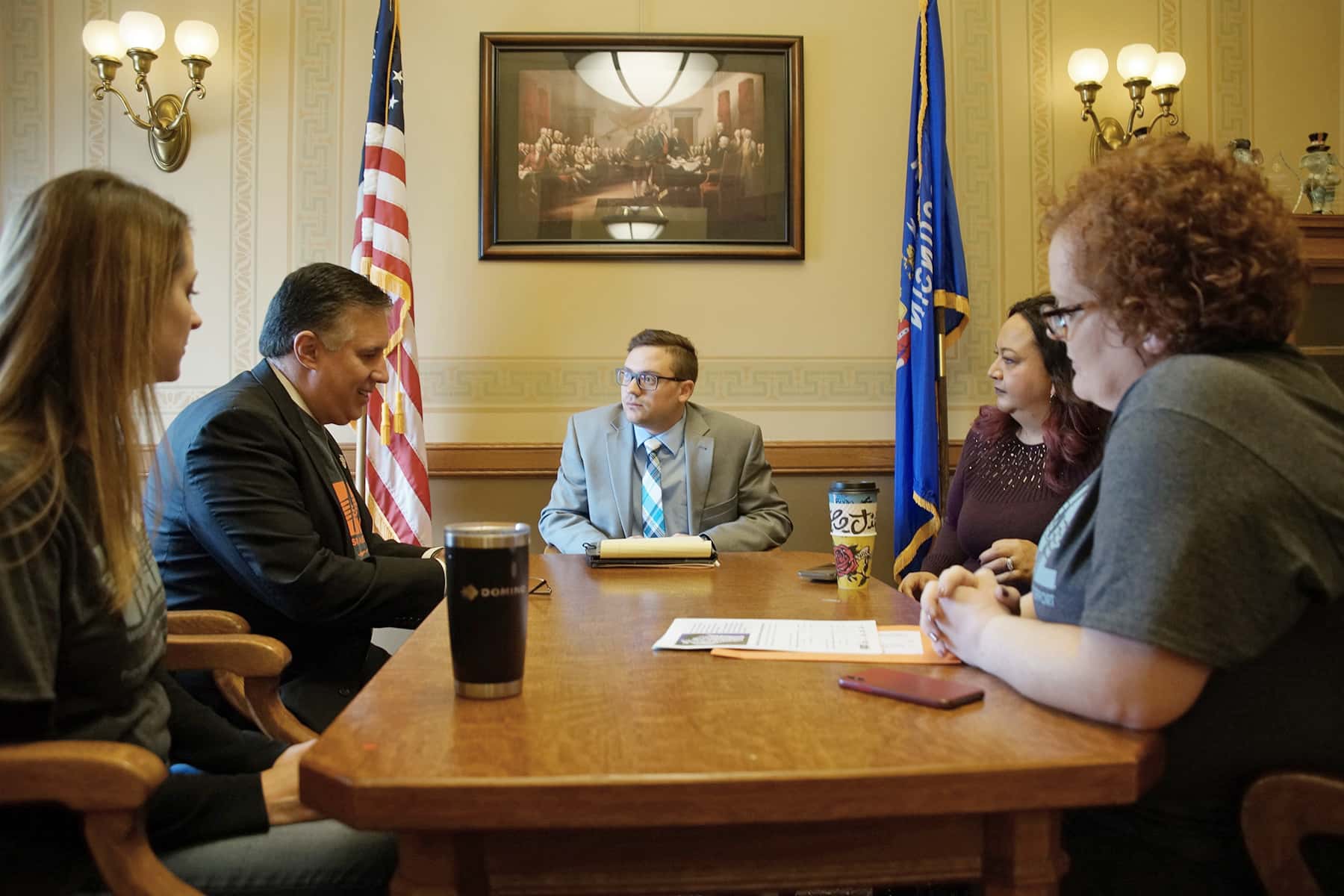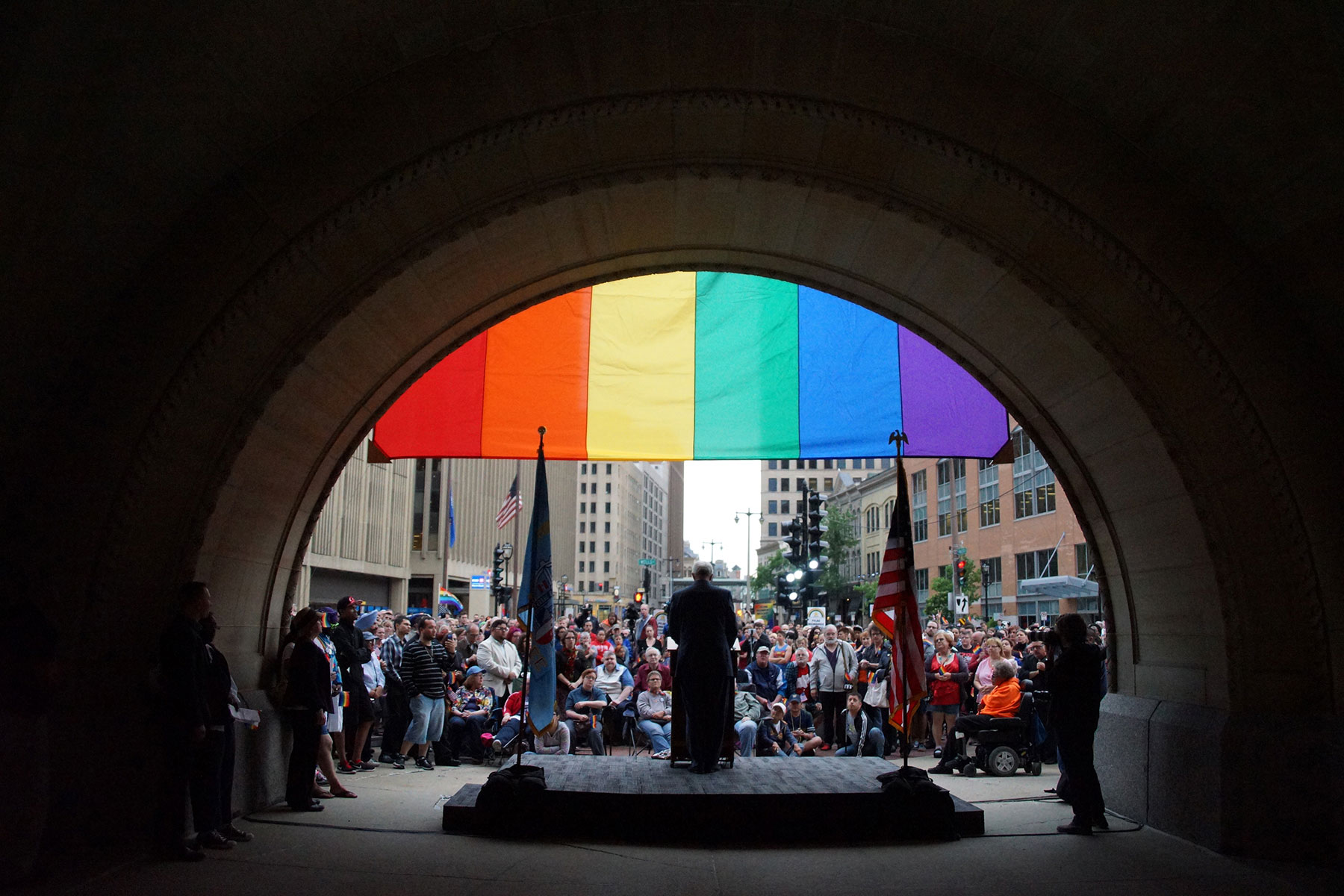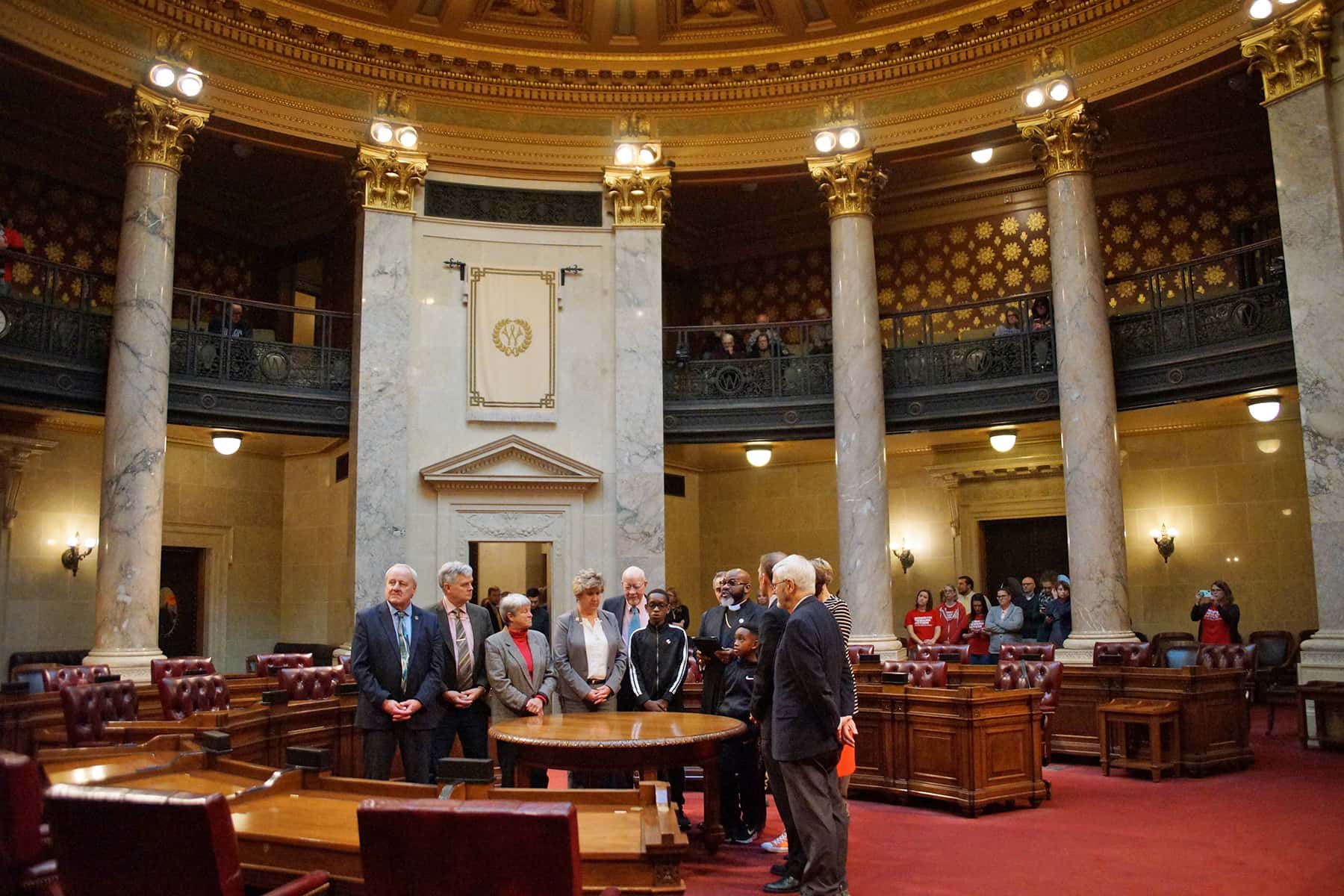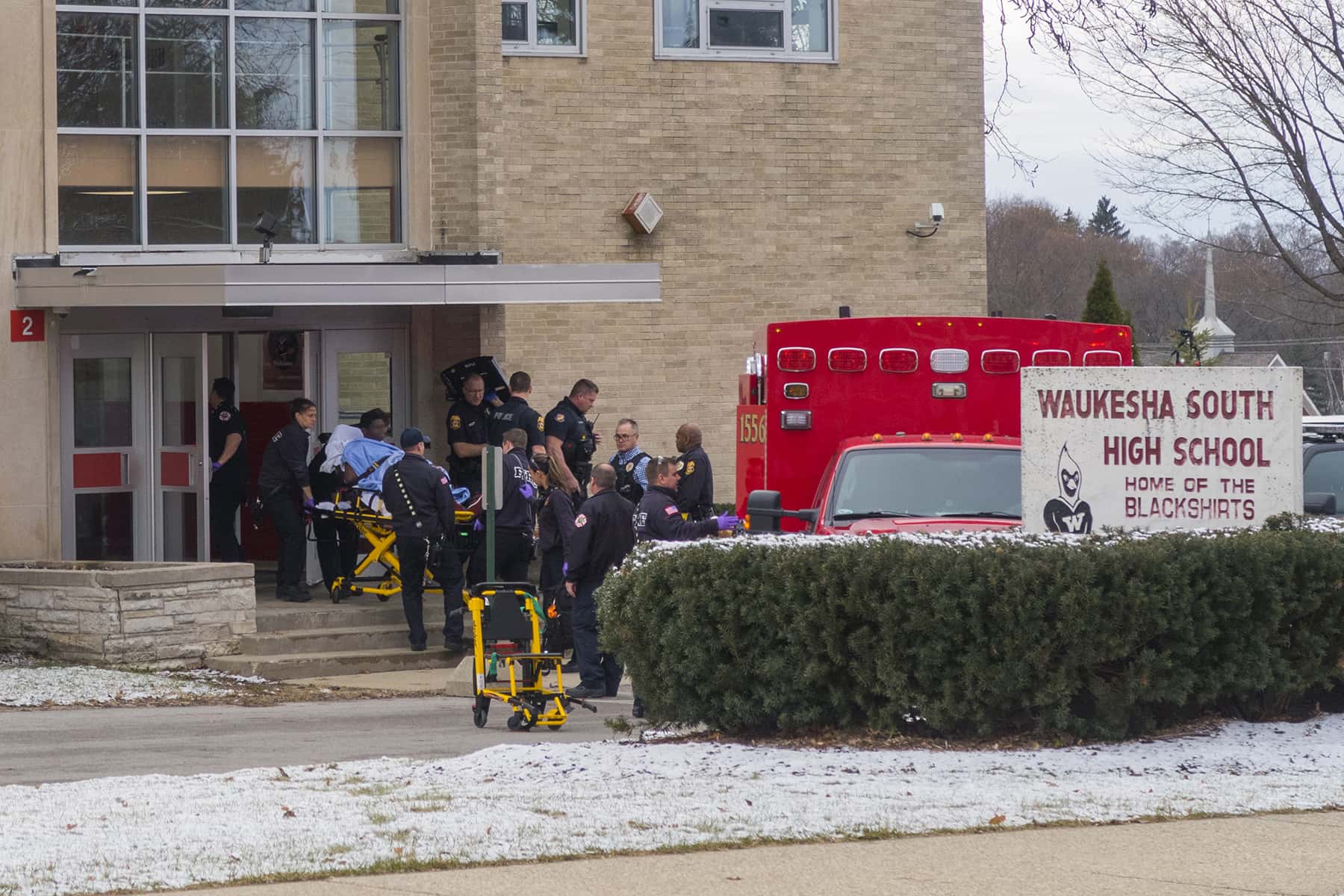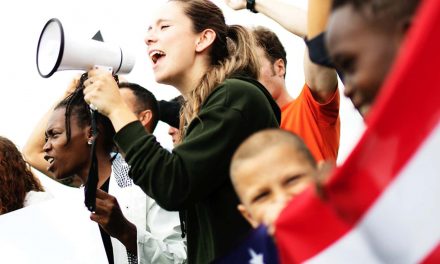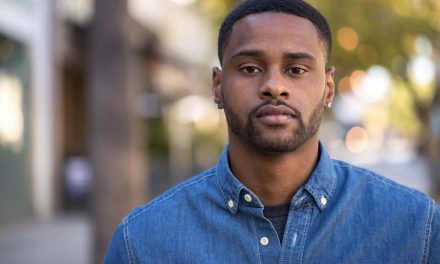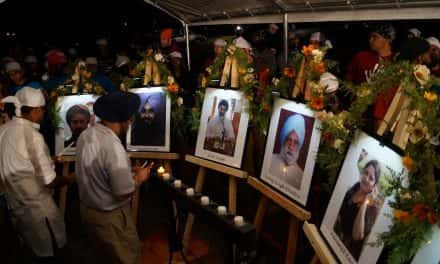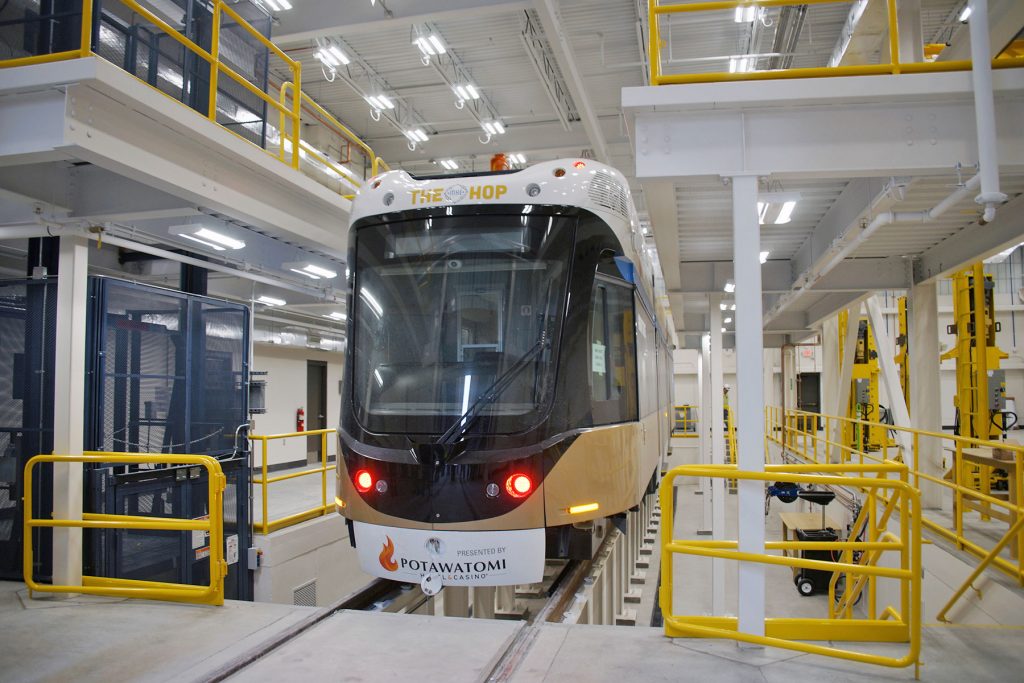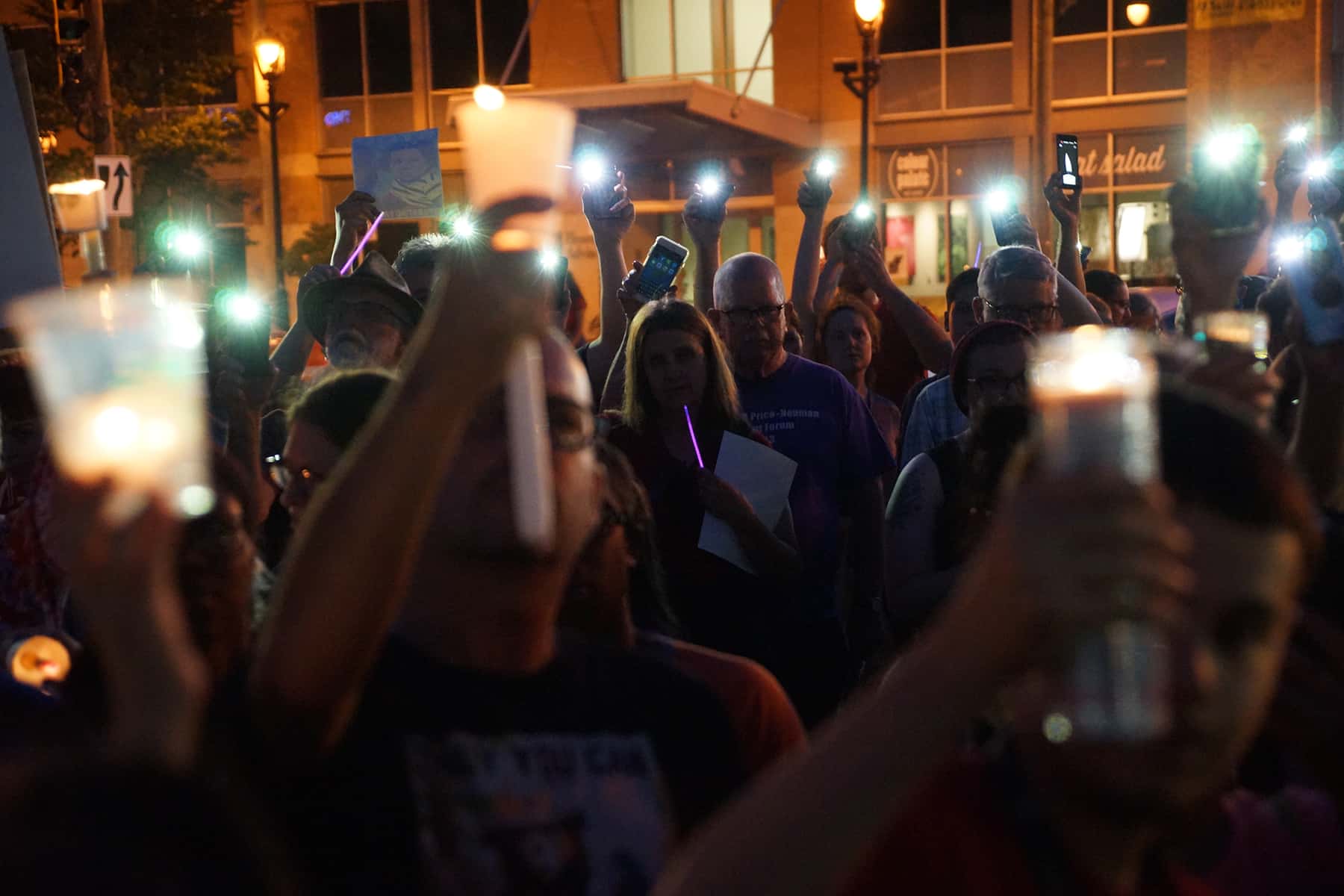
The average Milwaukee resident is exposed to tragedy between the commercial breaks of their favorite network shows. Broadcast news reports in a cycle of disaster with the predictability of a Merry-Go-Round ride, and supported by bursts of social media sympathy sprinkled among friend updates.
We have all been here before, staring down the long dark tunnel of some social misfortune. But how close we stand and how long we stay are vastly different. The more distance between the sorrows allows for a deeper level of healing. But for many, the exposure to such sad events comes with such frequency that it is like waiting to cross the rail tracks of a train that never ends.
The sad irony is that as a photojournalist I have built a network of dear friends, all revolving around tragedy. I see them with more frequency than I can schedule opportunities with normal acquaintances. It is surreal to be happy to see kind and familiar faces, almost exclusively in connection with something so somber and sorrowful.
Milwaukee does not need to host a tragedy for such pain to be felt locally. The Sikh, Jewish, Muslim, LGBT, and Latino communities know this all too well. The Molson Coors shooting touches many neighbors who normally feel exempt from the usual telecast adversities. After covering mass shootings or gun related violence for so long, a closer physical proximity to what happened does not bring a closer connection, just a bewildering emptiness.
Instead of being Milwaukee Proud, I am rather numb. Journalists are supposed to be detached from the work they do. After watching local news reports, I wonder if some in the profession have lost their humanity because there is no profit in it. After covering dozens of tragedies, I do not know what I feel when the latest happens on my own doorstep. And while there is empathy, sympathy is more elusive.
I have the privilege and honor to know many individuals who help bring enlightenment in senseless times like this Molson Coors tragedy. Together we have tried to express all the emotional mechanics of such tragedies, as tools to help the public cope and learn from the horrific experience.
But we mourn, and then most people just forget. The cycles appear so frequently and identically that I could take previously written news articles and merely change the date and location to still be accurate for today. I watch as people process this latest mass shooting like they are reinventing the wheel, because we have been here before. Perhaps they only were in theory, while I was invested emotionally.
I am Milwaukee Proud, but what does that really mean? A motto that gives us courage and strength to endure a social hardship, but it does nothing to prevent the next replay. I am not proud of our inability to make the world better. I am not proud that hate, the underlying influence of racism, exacts these deadly tolls we seem so willing to pay.
If we can come together as a community in sorrow, why is Milwaukee unable to forge those bonds to improve our city for all and not just some privileged few? While clinical journalism offers the chronology and backstory of the Molson Coors shooting, little has been explained about the why. Perhaps it is too uncomfortable to hear, so those responsible for explaining it see no financial reward in doing so.
I see the tragedy as a symptom, part of inter-connected behaviors that has brought the population of the city to where it stands. It does little good to ask how something happened if there is not the genuine public support to understand the why, and then allow the wheels of change to gain momentum. For that to happen would require personal courage from every individual in the community. No one is exempt, because we all share at least an indirect responsibility.
Our municipal government cannot fix anything for us, if we are unwilling to participate in the process. If people remain entrenched within their comfort zones and by inaction perpetuate the problems, nothing will improve. We will stand here yet again because no one wants to accept responsibility in the roles we play, no matter how small. Our thoughts and prayers are merely another expression of our hypocrisy and empty faith.
If we as a society, and specifically as a local community, permit such tragedies to occur then we are all equally complicit. We condone the environments that incubate such disasters, and then stick our heads in the sand when there is no quick fix for generations of traumatic behavior.
My friend Pardeep Kaleka is much better at articulating how people react after a mass shooting, and at offering hope along with a pathway to endure the situation and find healing. Not only because mental health counseling is one of his professional skills, but because he has lived with the personal loss of his father from the Sikh Temple massacre for the past 8 years. His mindful and faith-inspired perspective is soothing and together we have published many news stories on the subject of social trauma. And yet, his example brings me little comfort right now. Not for those who were lost due to another round of gun violence, but because I look at the calendar and instinctively wonder how long until the next mass shooting. And, I calculate what more emotion can I invest. What is my budget to care if others do not, especially when my peers in the news media profit from such situations? This tragedy is a reflection of who we are. And we are not better than this.
Molson Coors happened almost two years to the day as the Parkland school shooting, both occurring on Ash Wednesday. Some weeks from now, another vigil will be held in Milwaukee for the next devastating event. Emotions have no geographic boundaries, so even it it does not happen here there are many residents who will still be affected and feel it deeply. I will get to see my friends again, and capture the experience in images. The only way to distinguish one vigil from the next will be by what was written on the memorial signs.
Assembled here are 60 features from previously reported mass shootings and gun violence related events, as published by the Milwaukee Independent over the past few years. The incomplete collection offers a trove of timeless insight and information, but the volume shows how little enthusiasm for community-wide has resulted. It is a sociological study of who we are, and why we seem so content with our distress. There are really no new words to be offered to make sense of today, no new tears that can be shed for the drumbeat of loss. There is only this limited historical record to serve as a mirror that we dare not look at and learn from.
Editor’s Note: Anyone interested in showing up and being accountable for their role in our shared human experience is encouraged to join the 80% Coalition, a non-profit and non-partisan organization comprised of many diverse groups – all striving to push back against hate and improve the lives for everyone residing in Milwaukee.
- Waukesha South student shot in classroom after pointing handgun at School Resource Officer
- 80% Coalition: The tug-of-war between truth and lies over meaningful gun reform in Wisconsin
- Wisconsinites visit state legislators on WAVE’s Day of Action to demand gun violence prevention laws
- Governor Tony Evers signs executive order for special legislative session on gun control
- Pardeep Kaleka: When a diverse community gathers in fellowship on the spiritual toll of gun violence
- Alderman Cavalier Johnson and family narrowly avoid random gunfire in his neighborhood
- Gun safety advocates in Milwaukee demand Congress end paralysis of courage and enact red flag laws
- If “All Lives Matter” then why can’t Americans love migrants as much as they do handguns
- Kids and Guns: When tragedy strikes next door and Milwaukee neighbors join in support
- Cory Booker discusses our “humanity on the sidewalk” at Milwaukee roundtable on gun violence
- Local voices join interactive mural display to share stories on overcoming gun violence
- Sandra Parks shared “Our Truth” as a child victim on the state of chaos from gun violence
- The day Milwaukee turned orange to help end gun violence
- Peace advocates gather for mass vigil in latest plea to reform gun legislation
- Milwaukee students walkout of class in call to end gun violence on Columbine anniversary
- Ruling by Wisconsin appeals court reinstates lawsuit against online gun dealer
- Massive crowd of Milwaukee families march to save their kids from guns
- Milwaukee students marching 50 miles to Speaker Paul Ryan’s hometown for gun reform
- Daisy Kiekhofer: A Children’s Crusade Demanding Gun Control
- Golda Meir students join national school walkout against gun violence
- Milwaukee area students plan march against guns to help save their lives
- A week of White Supremacy in Milwaukee from guns to racial threats to KKK symbols
- Senator Chris Murphy: Congress more afraid of NRA benefactors than gun epidemic
- Gun lovers, please don’t grieve another act of domestic terrorism alongside me
- The “Good Guy With a Gun” Myth routinely costs lives
- Students across Milwaukee area walkout of class to demand safer schools and mental health resources
- Legislators dismiss Governor’s special session in display of contempt for 80% of state voters
- Heinous acid attack against Milwaukee man being investigated as racially motivated hate crime
- Sherrill Knezel: The synergy of small actions that bring people together for a greater good
- Generic Headline #281: Mass shooting on (day) in (city) leaves (body count) dead
- A litany of names for another week of mass shootings
- Milwaukee leaders hold vigil against hate in remembrance of Oak Creek, Gilroy, El Paso, and Dayton
- Massacre in El Paso: With blood on his hands, Trump cannot be absolved of anti-Latino hate speech
- Save those “thoughts and prayers” because your political fear is killing us
- Sikh Awareness Month across Wisconsin aims to be catalyst for healing and education
- Local faith and community leaders share messages against intolerance after Christchurch attack
- What Hasn’t Changed? Milwaukee student activist Bria Smith and her fight after Parkland
- Muslim-Americans call for action against rising bigotry after New Zealand attack
- Pittsburgh Jewish Group tells Trump: Not welcome until “You Fully Denounce White Nationalism”
- Milwaukee community holds interfaith vigil to mourn the Pittsburgh synagogue victims
- Pipe Bombs, synagogue shooting, and the demise of civility in America by angry white men
- March For Our Lives: Road to Change Tour brings Parkland and Milwaukee students together
- Nate Hamilton: Hopes, fears, and thoughts of family on fourth anniversary of Dontre’s dеath
- Pardeep Singh Kaleka: The Gift of Our Wounds
- Mayor Barrett and students appeal to Governor Walker to value the lives of kids over NRA money
- Milwaukee students participate in art build to support “March for Our Lives”
- The Post Traumatic States of America and our communal fear
- Insert Nouns Here: A Fill-in-the-Blank Template for a Mass Shooting News Article
- The Survivors of Sandy Hook, Denial, and the Ache of Remembrance
- Las Vegas shows we learn nothing except how to rationalize massacres
- Timeline: Acts of domestic terrorism in Milwaukee
- Annual run turns tragedy into triumph to honor Sikh Temple victims
- Pardeep Kaleka: Forgiveness in the midst of tragedy
- Reggie Jackson: Evidence of Things Unknown
- Sikh temple survivor speaks on fake Bowling Green Massacre
- Pardeep Kaleka: Our habituation to mass murder and violence is a bitter soup of inaction
- Photo Essay: Bell tolls mark Orlando loss during vigil
- Photo Essay: Milwaukee community reflects on Orlando tragedy
- Photo Essay: Milwaukee vigil stands with Charlottesville against white supremacy
- Photo Essay: Faith group stands up to racism with silent vigil
Support Us
Our mission of transformative journalism means that we are editorially independent. Our staff determines what is important news to report on, and in what voice to speak on issues. No one influences our opinion, and no one edits our editors. We are free from commercial bias and are not influenced by corporate interests, political affiliations, or a public preferences that rewards clicks with revenue. As an influential publication that provides Milwaukee with quality journalism, we depend on public support to fulfill our purpose. Our award-winning photojournalism, columns, interviews, and features have helped to achieve a range of positive social impact that enriches our community. Please join our effort by entrusting us with your contribution. Your Support Matters – Donate Now

